Alchemy
Paper: Hahnemuhle Fine Art Pearl 285 grm
"Nothing is real…the way to construct the image of yourself is to have all the images of yourself and to line them up, side by side, until you realise that there is no self. Identity, and reality, are a construct."
Nermine Hammam.
In her mixed media series "Alchemy" (2010), Egyptian photo artist Nermine Hammam explores the constructed way in which Man perceives reality and fabricates identity. She journeys freely through the history of Western representation, embedding her face into iconic images drawn, at random, from a spectrum of artistic genres and historical eras. Crisscrossing boundaries of gender, race and time, the artist's features peer at us from the iconic images of Grace Kelly and Marilyn Monroe; she is transformed, now into Super Man and now into Mohamed Ali; she is Frida Khalo and Bruce Lee, Bonaparte by David and Johnny Weismuller as Tarzan, Audrey Hepburn and Anne Boleyn.
There is a freedom and revelry in the sheer pace of these works and the sumptuousness of their aesthetic appeal. Hammam is not so much imposing her identity as transforming it, merging herself with the characters she depicts. This is the artist exercising her ultimate power, namely to shape reality at her will and Hammam revels in its seductive possibilities. She confesses that "Alchemy" initially began as a game with friends on social media, but soon took an addictive quality and an urgency of its own. She describes the freedom and exhilaration of donning identities at will: " As I was working with each image I came to embody that character, I started to feel at one with them and this was exciting - to be transported out of my world and into a new reality, if only for a while."
Yet behind the lightness, and unfettered joy of creation, there is also darkness lurking at the heart of "Alchemy". In transforming her identity across place and time, Hammam is revealing the ideological implications, and limits, of positing images as representations of 'the real'. For in Hammam's there is no reality and there is no self. "All identities are constructed carefully." she explains. "We experience our world through the recycling of universal images drawn from the "belly of our collective subconscious". For Hammam, portraiture is ideologically charged and inherently false in its claims to represent that which does not exist. As we move through the work, we are confronted by a density of images and of characters, flashing before us in rapid succession. Yet these images do not accumulate and nor do they seem to propel us forward. Instead, they appear gradually to strip away, one by one, to reveal the artificial contours of the world. Individual figures cease to have meaning; gender and race untangle in the mix: "The images are all self portraits but, after a while, they cease to be about me," says Hammam. Instead, these cumulative portraits have the paradoxical effect of taking us further from an understanding of the artist, and the meaning of the work, all the while probing and refuting our own, constructed notions of self.
At the same,"Alchemy" also embodies a sense of quasi-ritual: of protecting against the unknown (and unknowable) by covering the world with a veneer of images. In this work, Hammam is ritualistically replacing the layers of the world, one by one, to ward off that great Nothing that lies beyond: " Whether you look at a single image in Alchemy, or the series as a whole, it is all the same. There is nothing, no single essence. There are only collectively shared images plastering over the void," she explains. When viewed through this prism of ritual, the repetition of portraits and poses becomes a key to our understanding of the work: "The whole idea of having so many images, of confronting the viewer with such a dense cluster of impressions, is to make you realise: here is nothing, " she says. In the sheer quantity of impressions one begins to detect the edges of how we make sense of reality. There is no self beyond the image and so limits become important. For Hammam, it is through such repetition that we reach a deeper knowledge before transcending this in turn: " you go into everything until it becomes nothing. Once the idea is fully digested it becomes nothing."
Hammam often refers to "Alchemy" as a " a funny bio, that is no less constructed for being funny," and throughout the work, the notion of free play and of humour is central to her message. The artist references play both as ritual and as a journey to truth, resonant with the mythological overtones of the unguided principle of creation and the cosmos as the outcome of play. As such, the work has no beginning and no end. It negates notions of temporality and historical context by corralling the icons of the ages into a single 'here and now', undivided and undifferentiated. "Alchemy" is propelled, not by a linear narrative, but by an almost cyclical transmutation from one material state to another: "This," says the artist, " is the alchemy of the soul". On her irreverent journey through the history of Western art, Hammam is transcending the icons that she once worshipped,assimilating them to become one. She warns us that the artist's freedom to create the world amounts to little more than Man's time-long need to ward off truth with construct; and she reminds us, with tacit irony, that the images Man creates of himself will ultimately outlast him.
Yasmine Allam
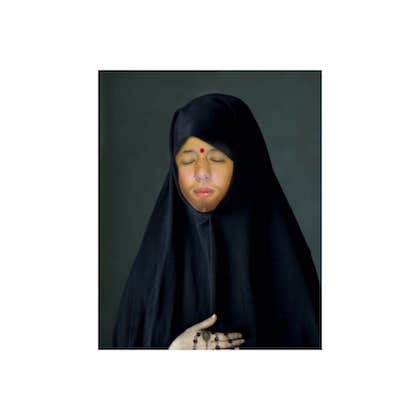

90 x 50 cm
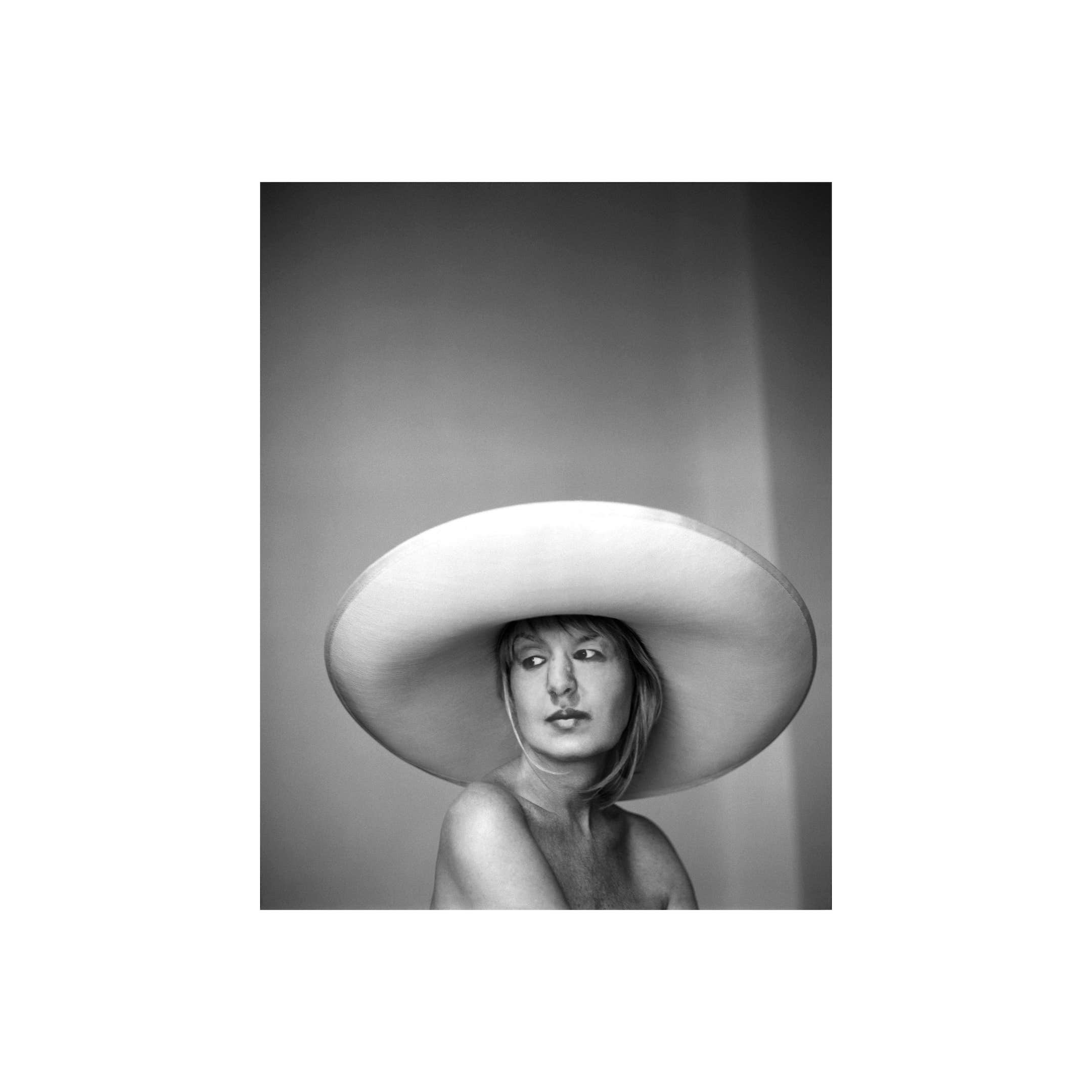

90 x 50 cm
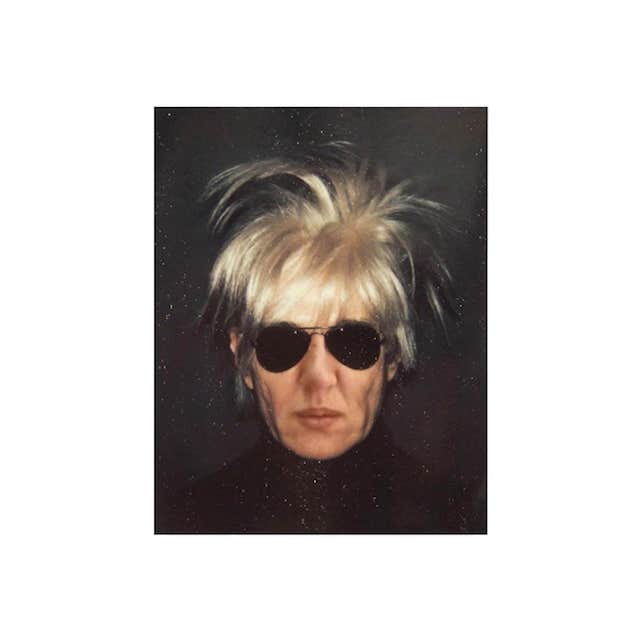

90 x 50 cm
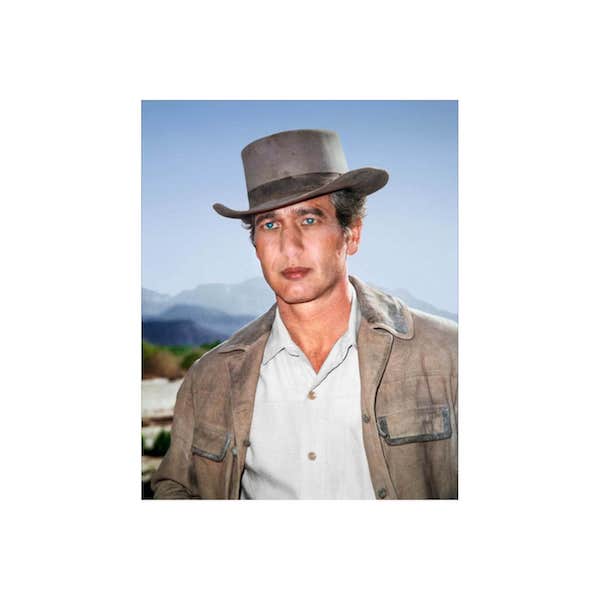

90 x 50 cm
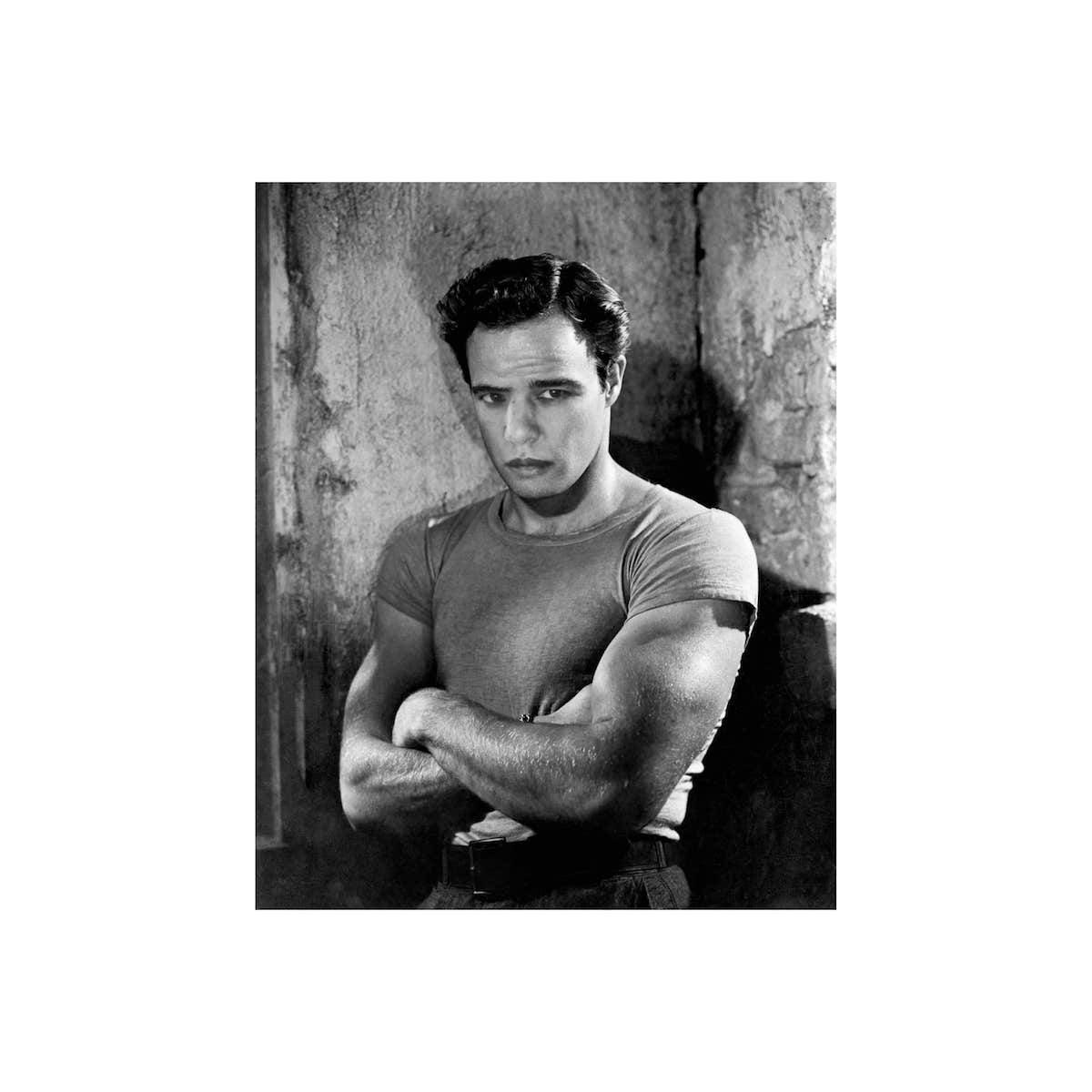

90 x 50 cm
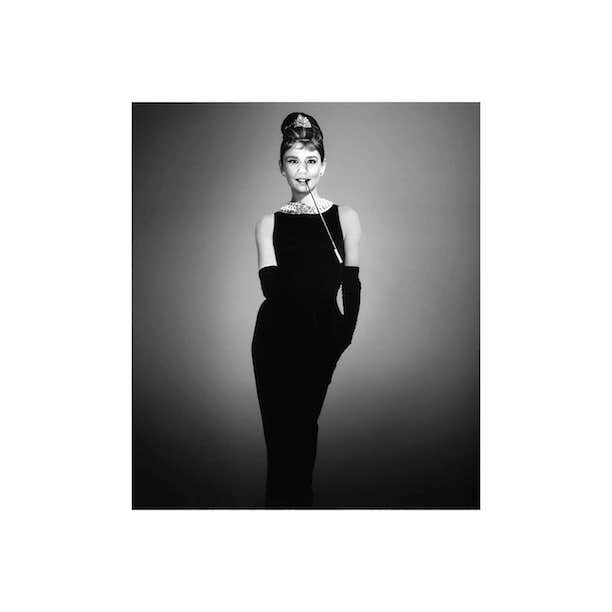

90 x 50 cm
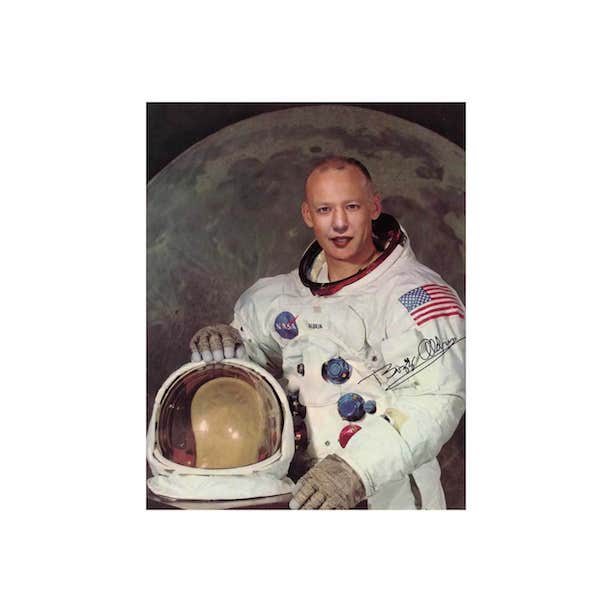

90 x 50 cm


90 x 50 cm
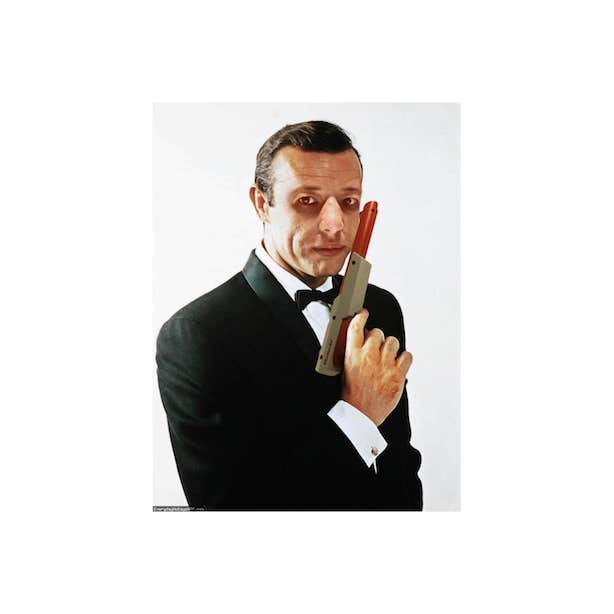

90 x 60 cm
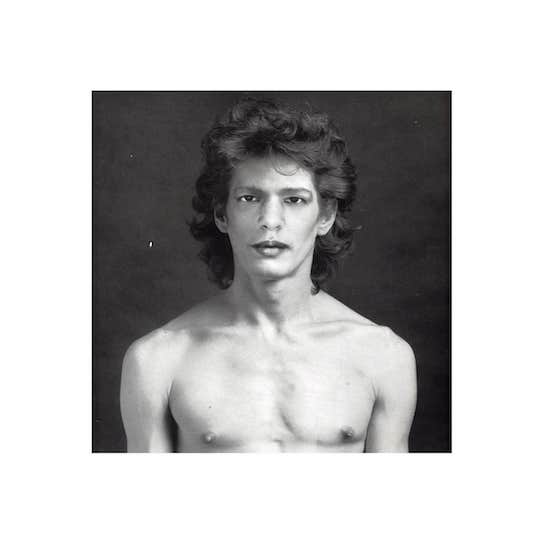

60 x 96
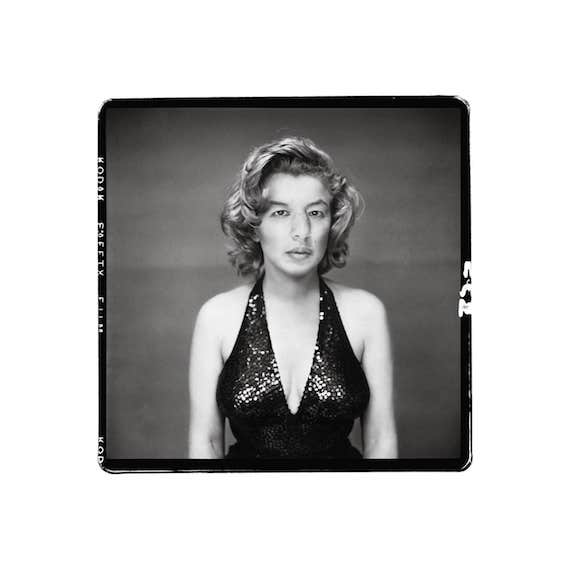

50 x 50 cm
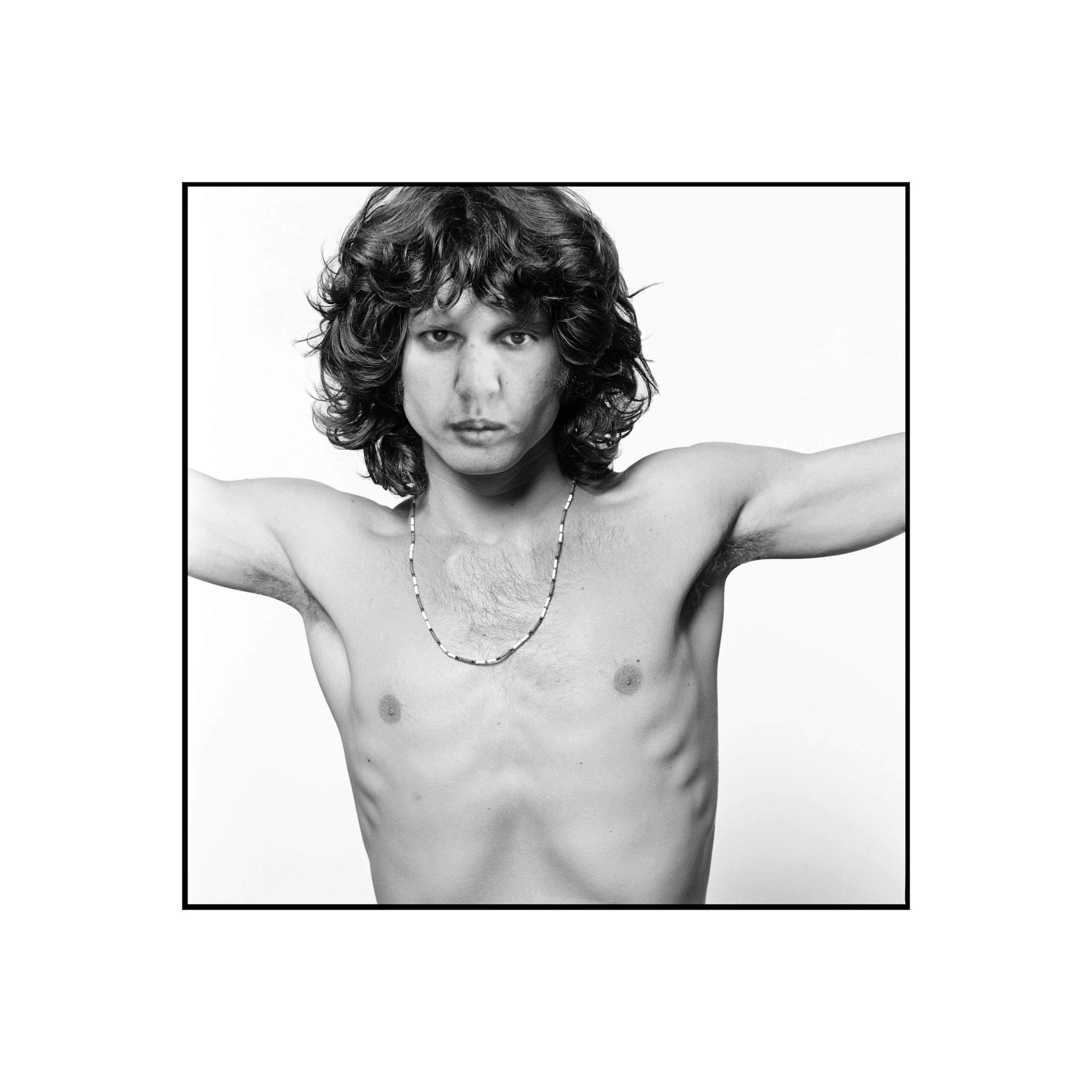

90 x 50 cm
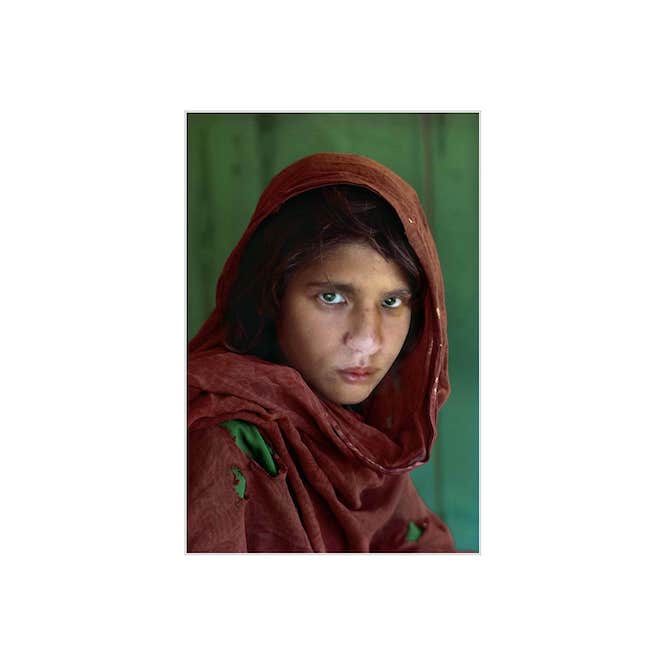

Nulla blandit
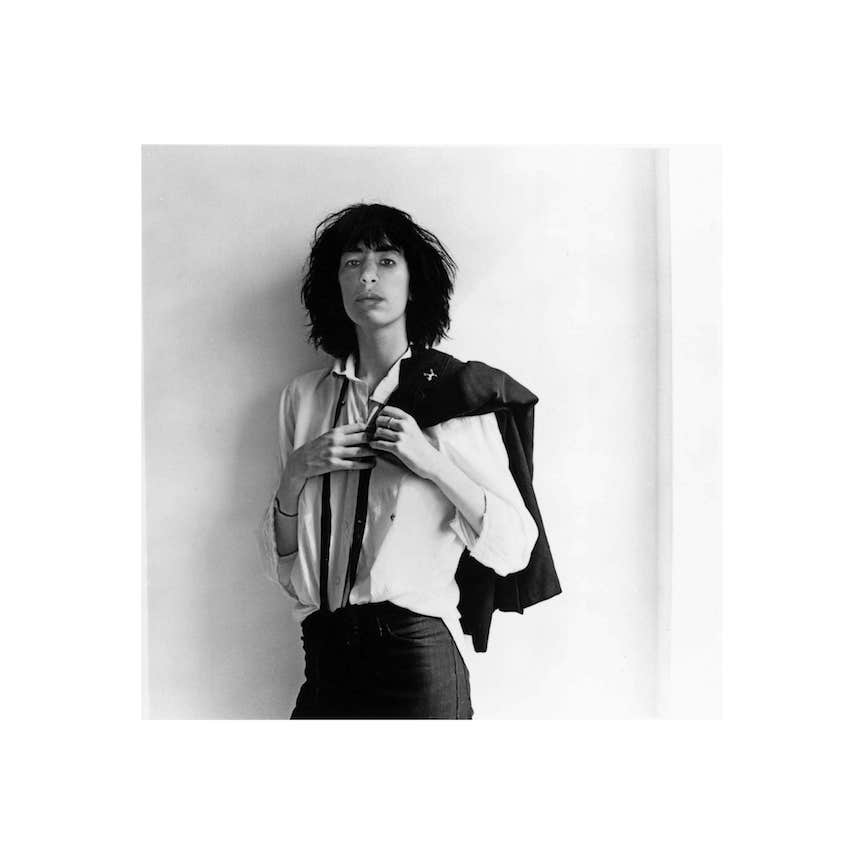

Nulla blandit
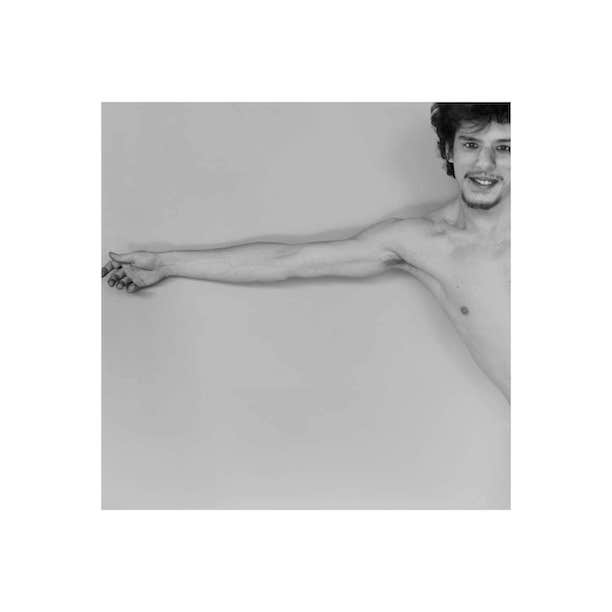

Nulla blandit
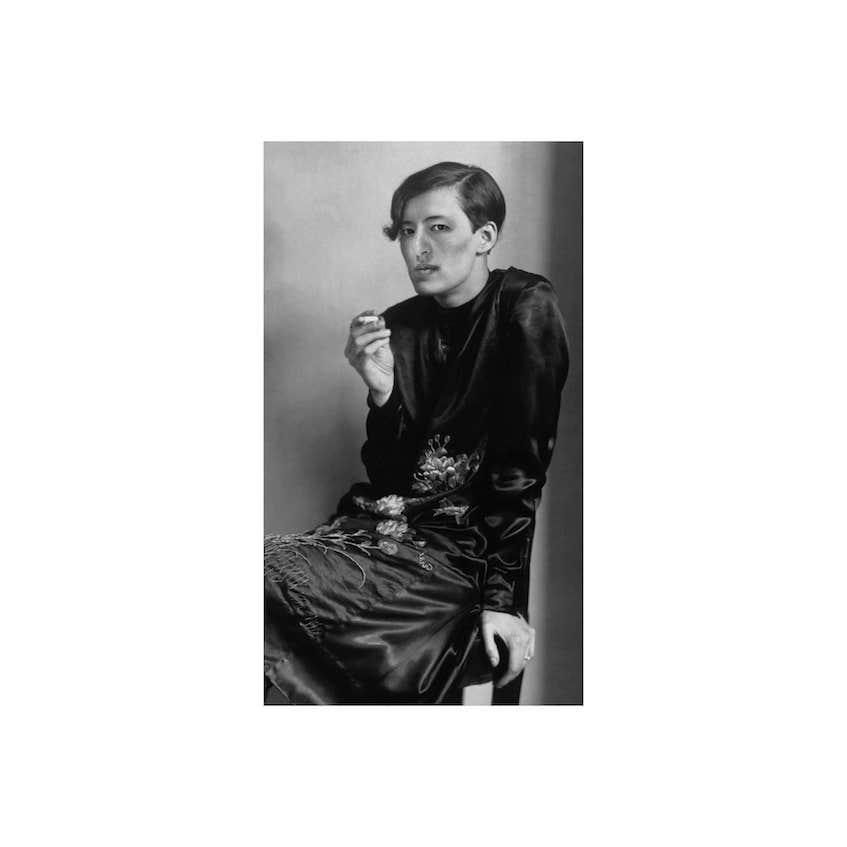

Nulla blandit
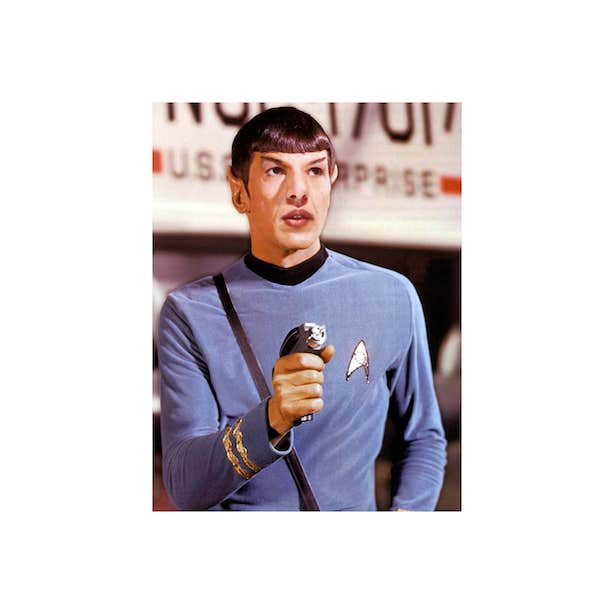

Nulla blandit
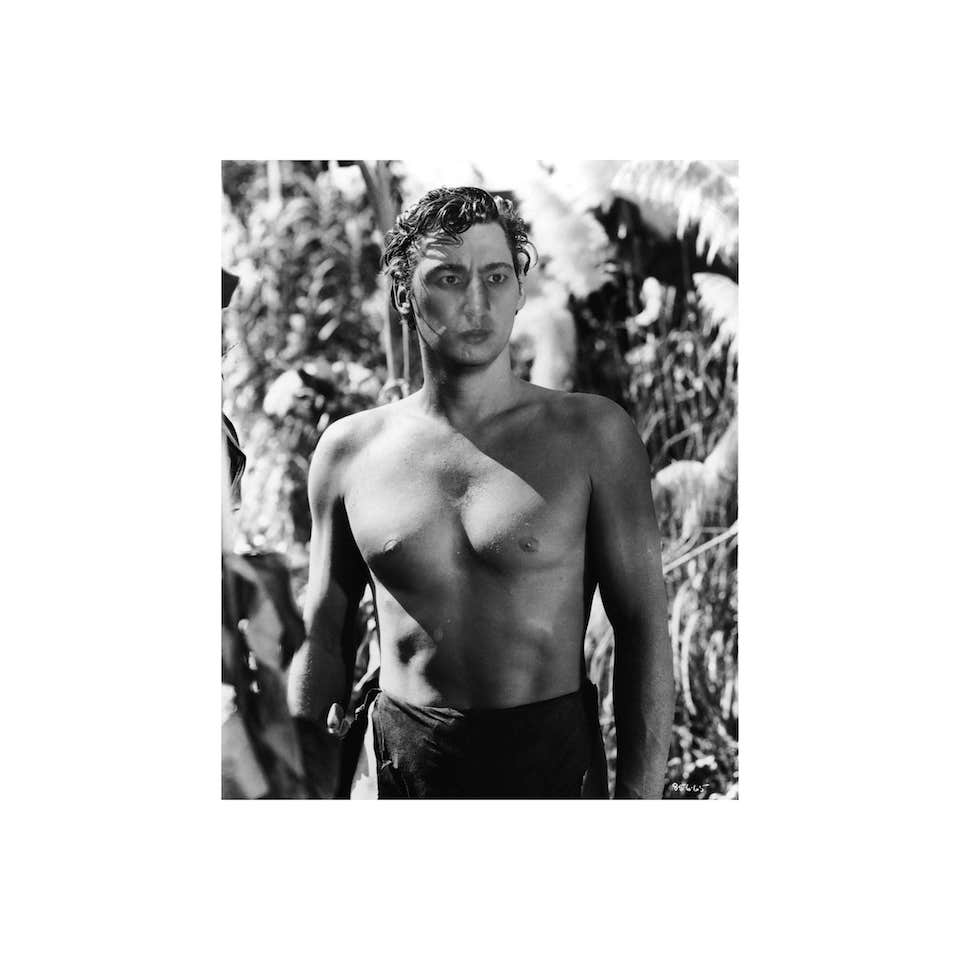

Nulla blandit
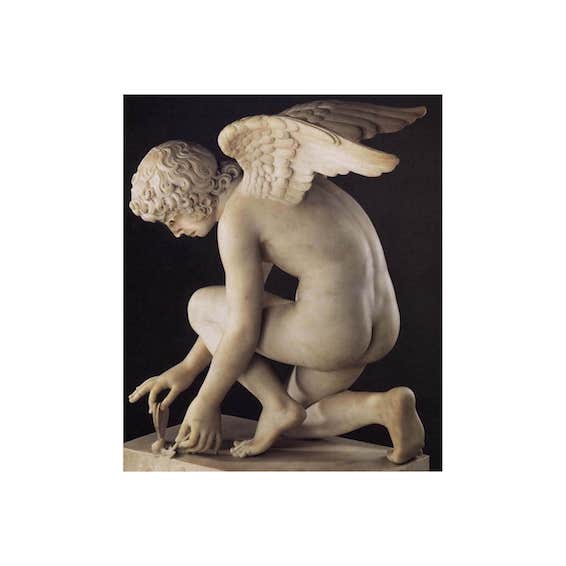

Nulla blandit
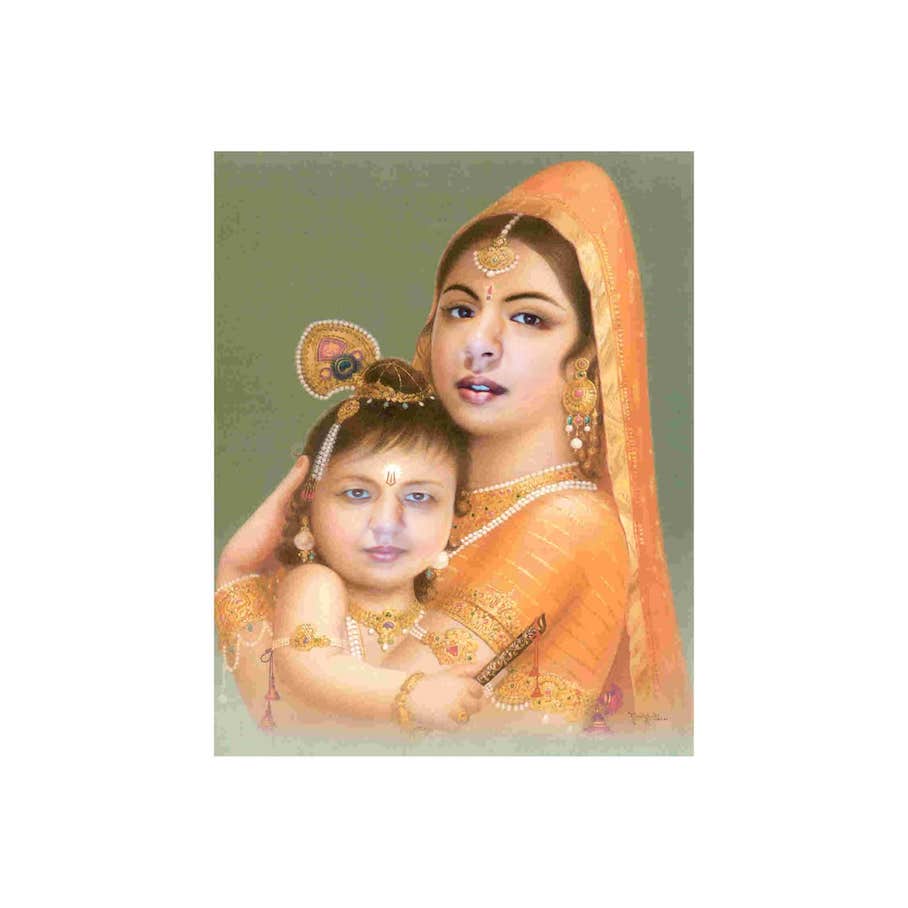

Nulla blandit
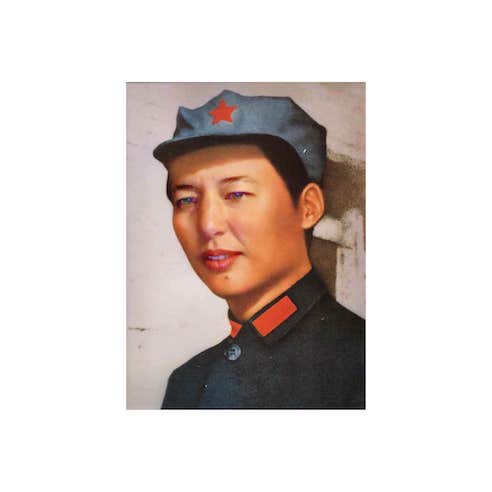

Nulla blandit
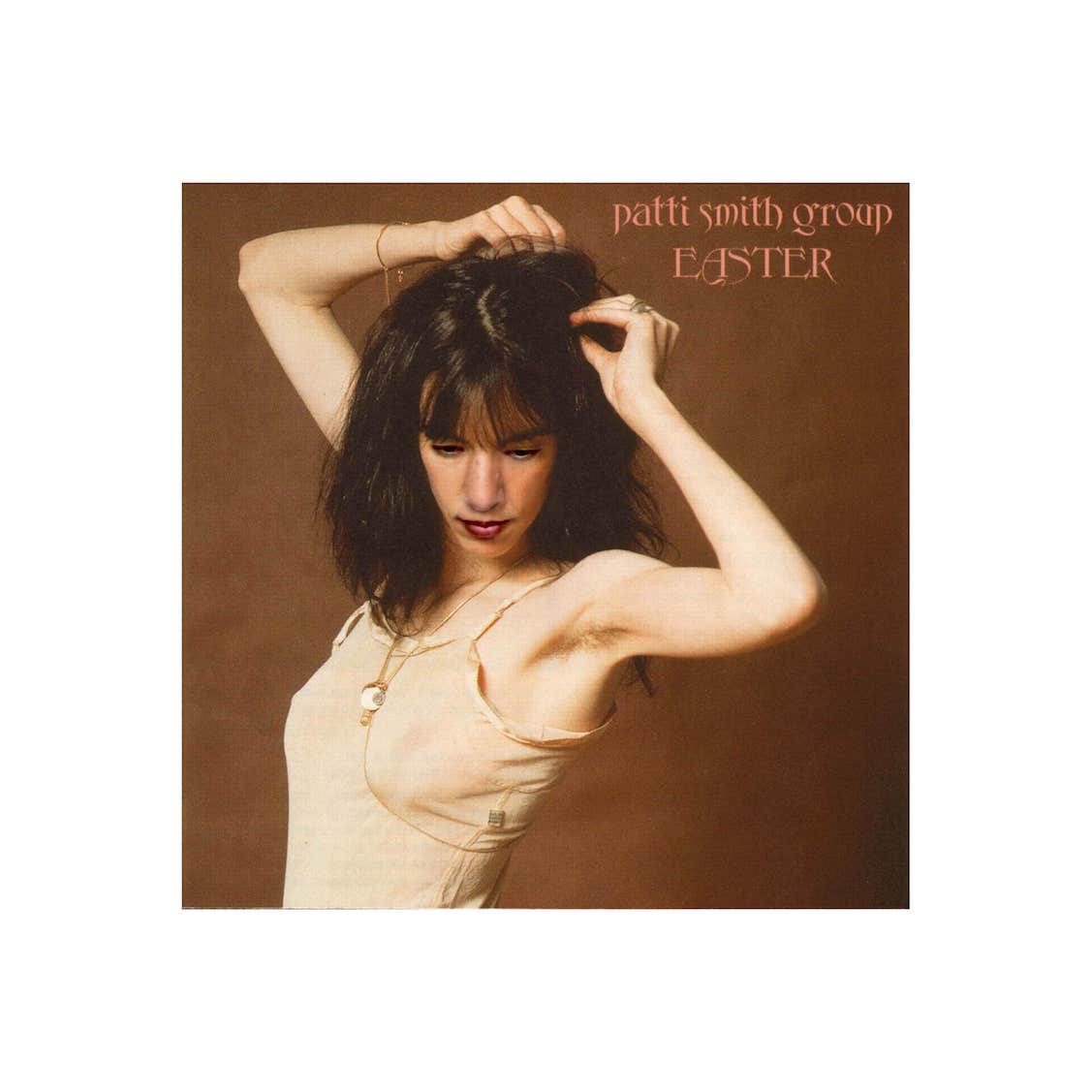

Nulla blandit
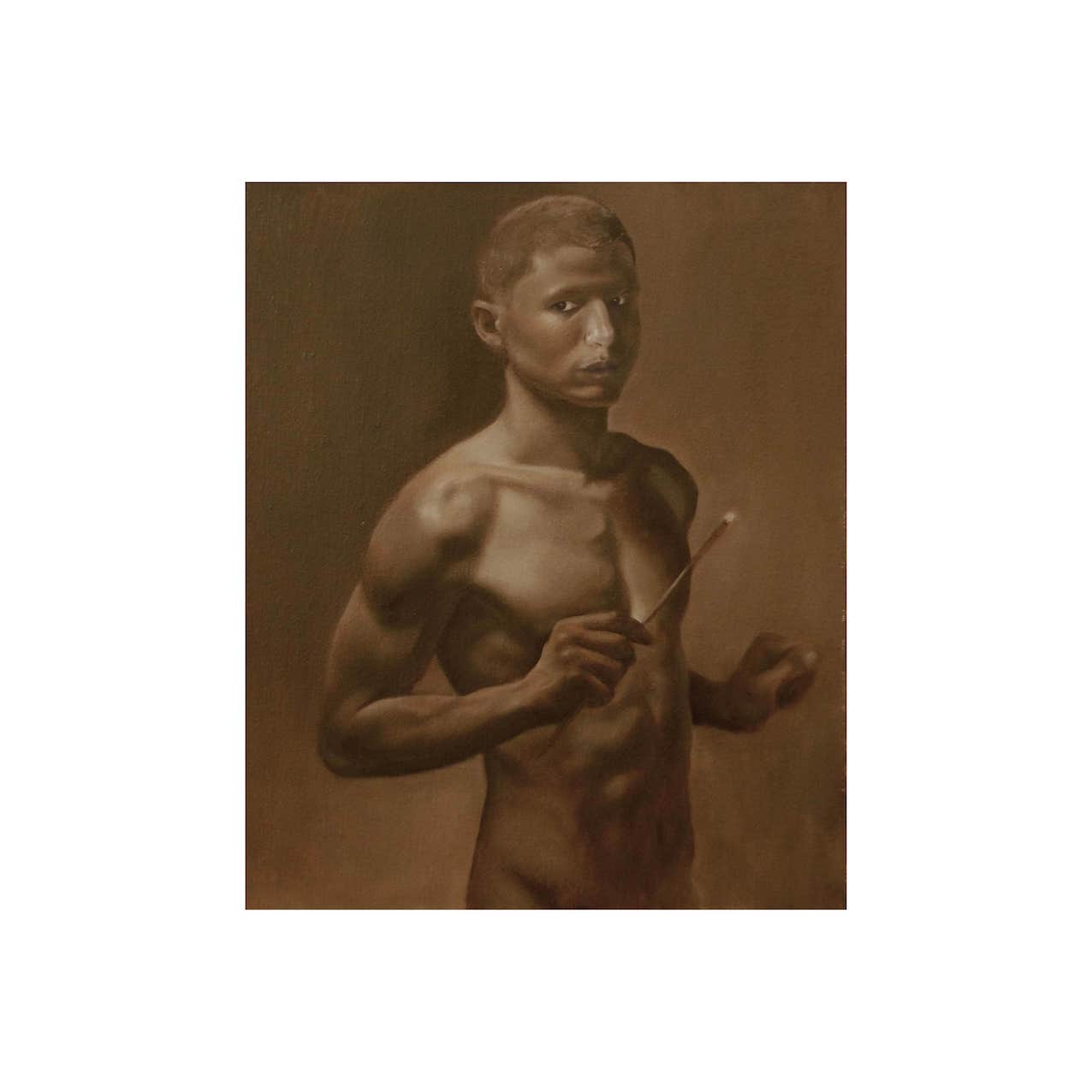

Nulla blandit


Nulla blandit
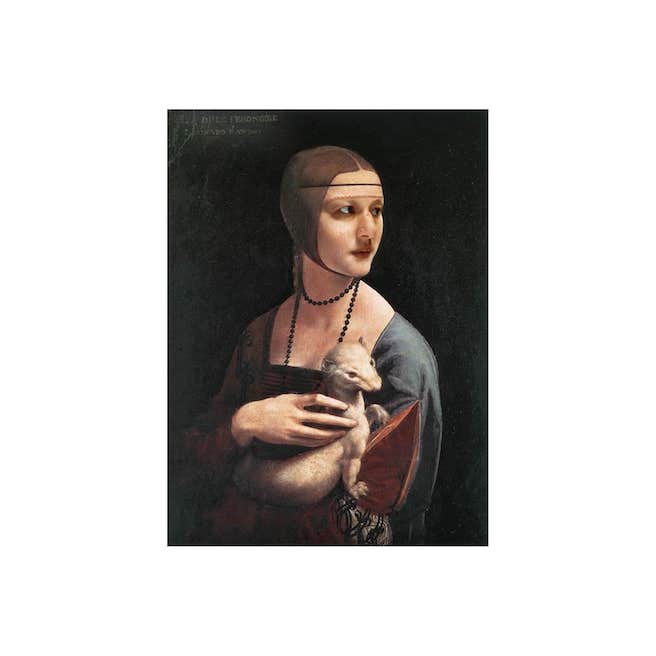

Nulla blandit
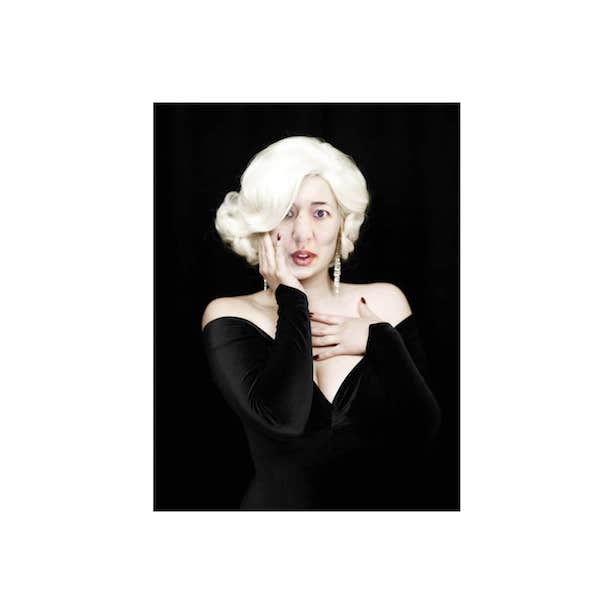

Nulla blandit
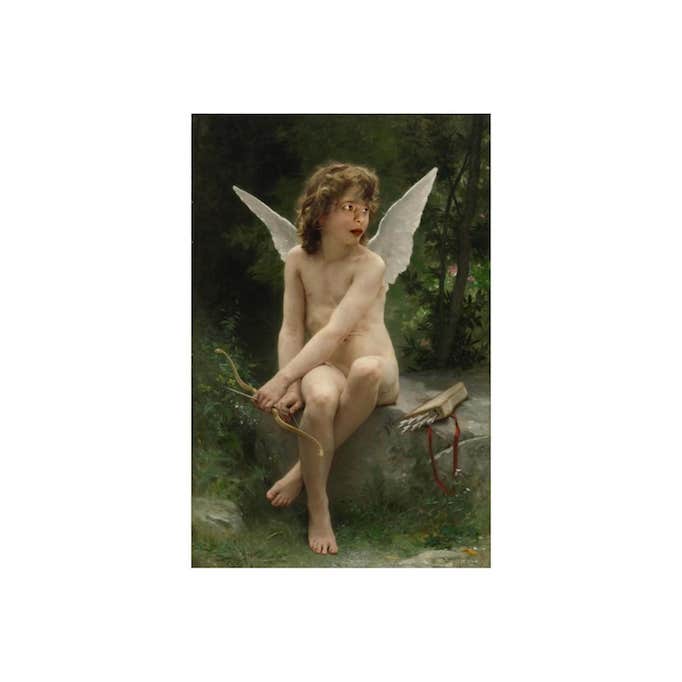

Nulla blandit
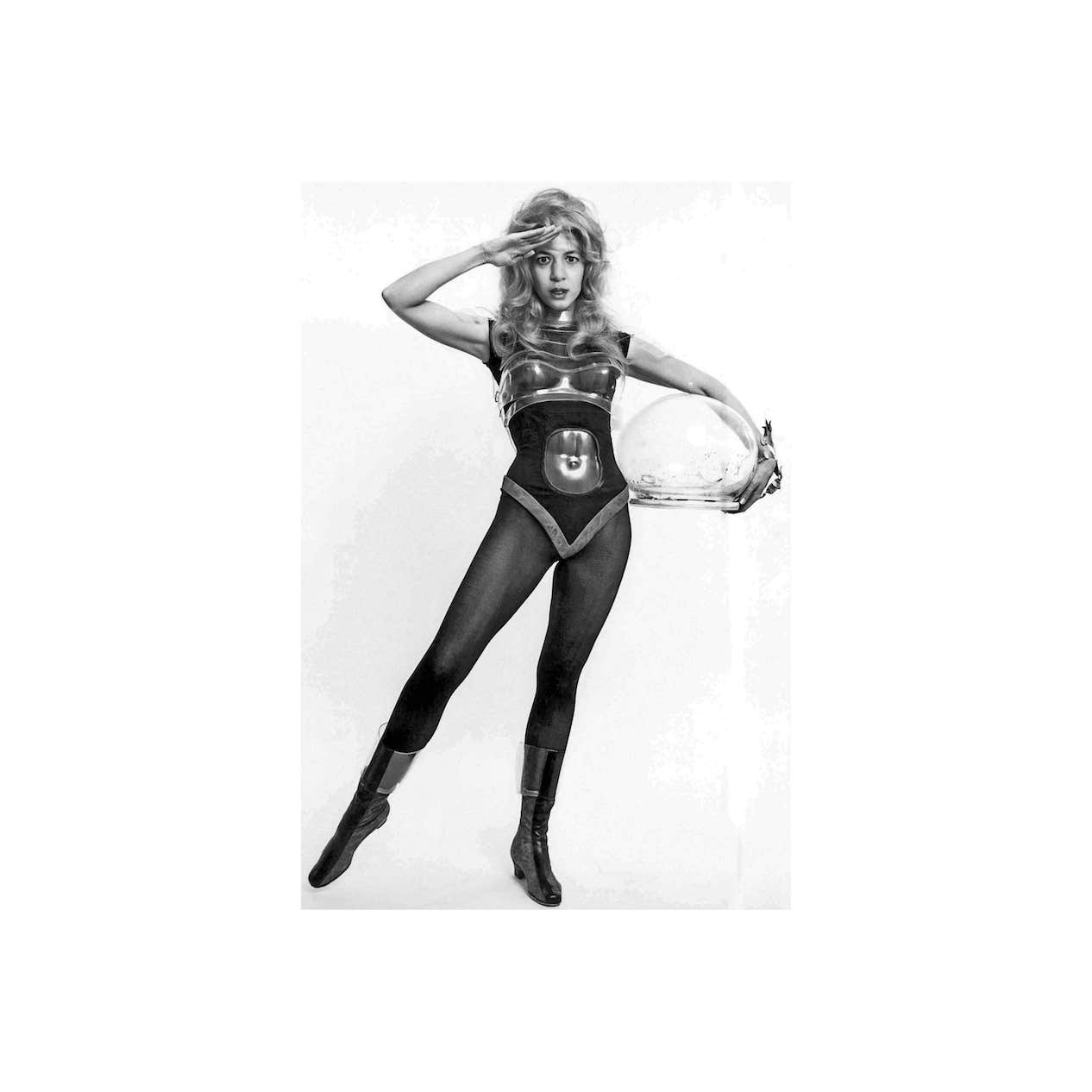

Nulla blandit
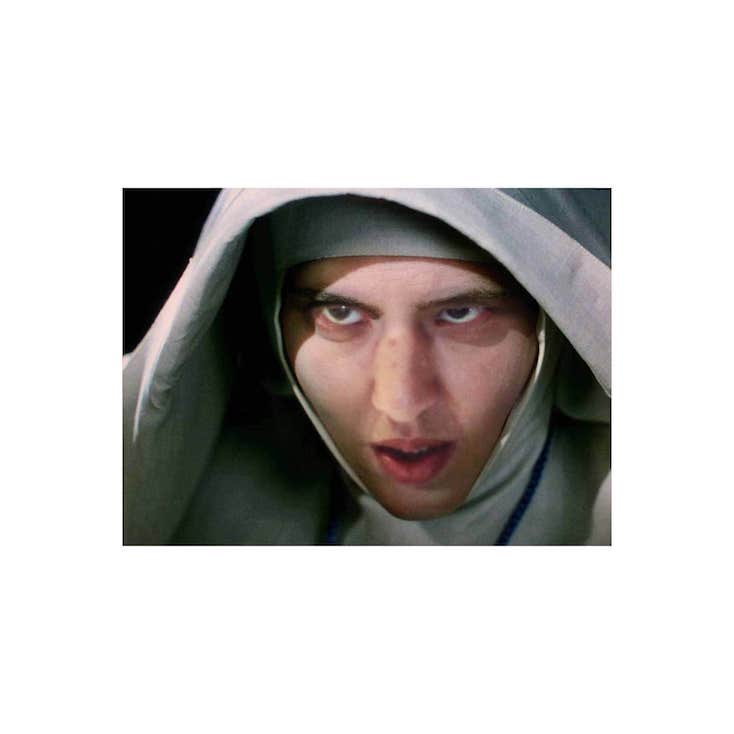

Nulla blandit
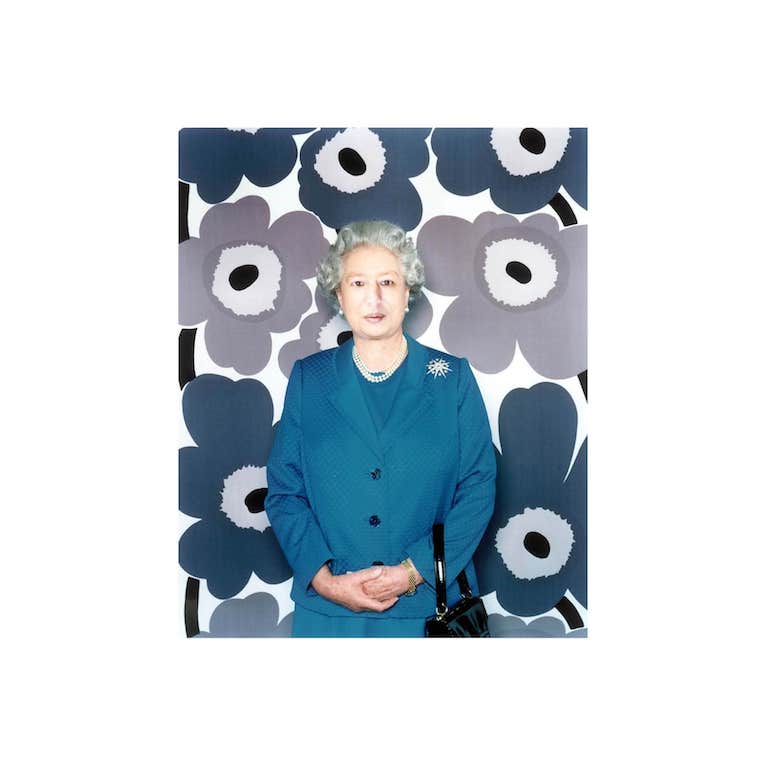

Nulla blandit
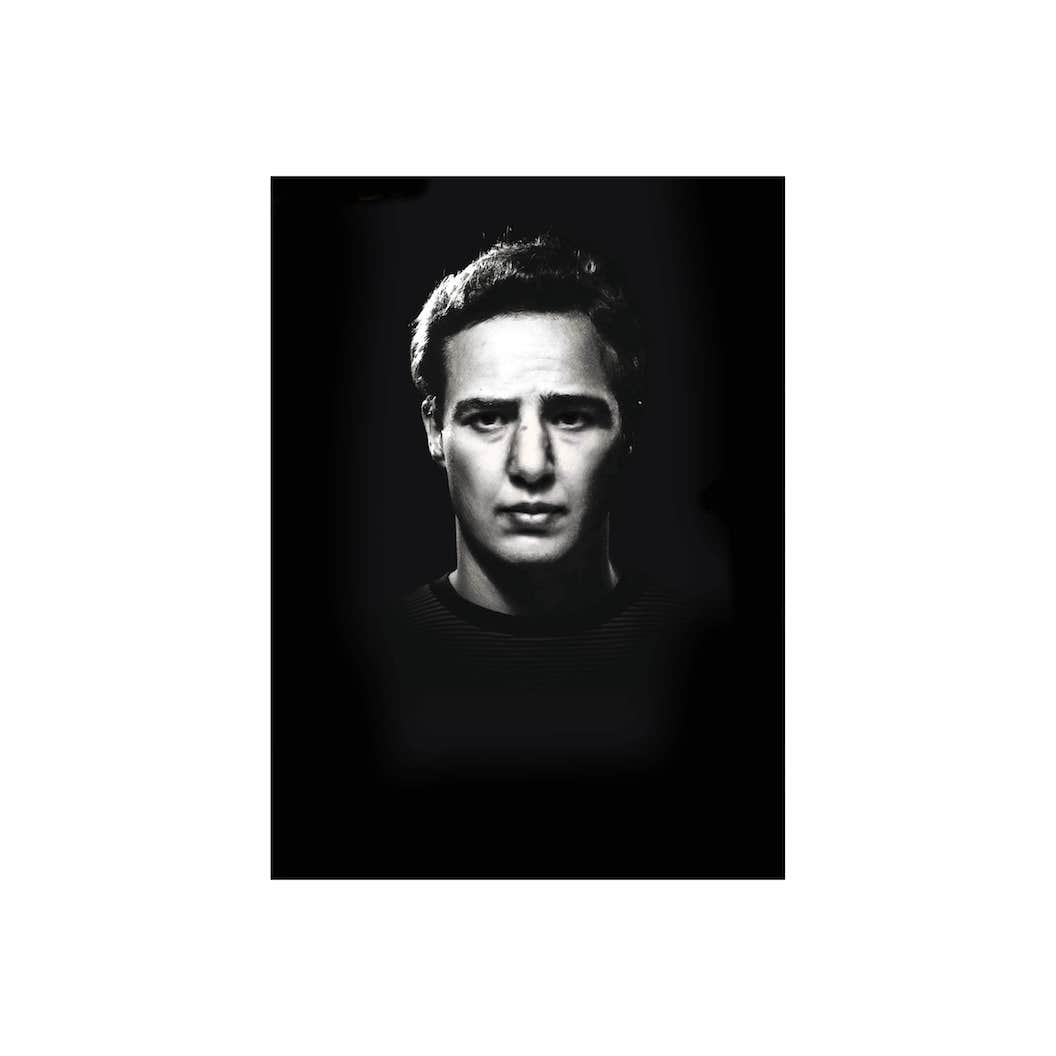

Nulla blandit
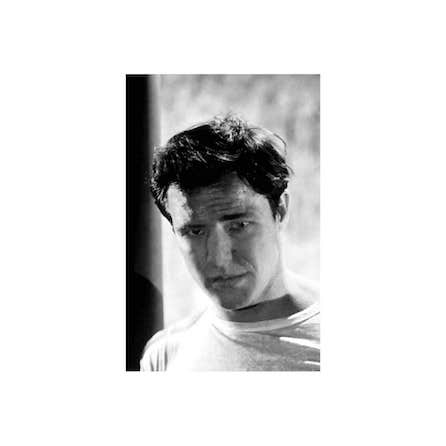

Nulla blandit
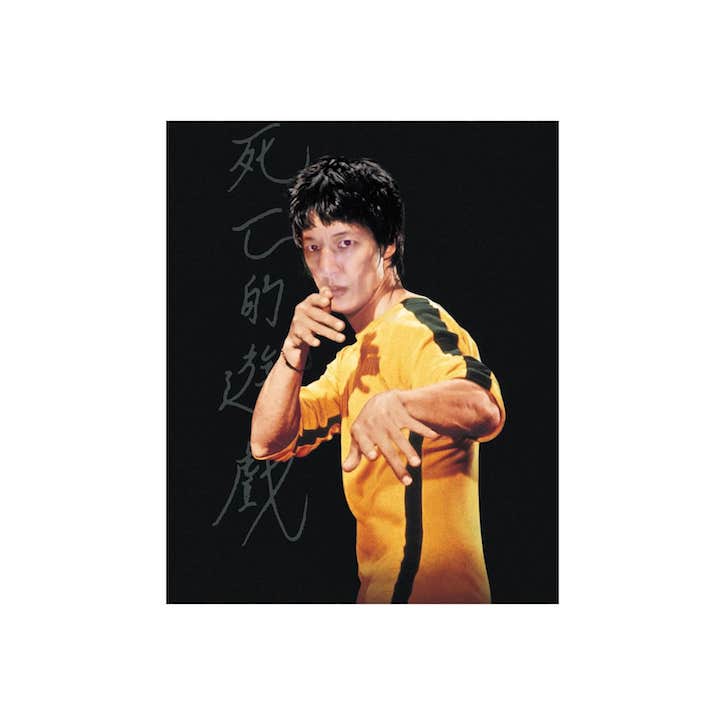

Nulla blandit
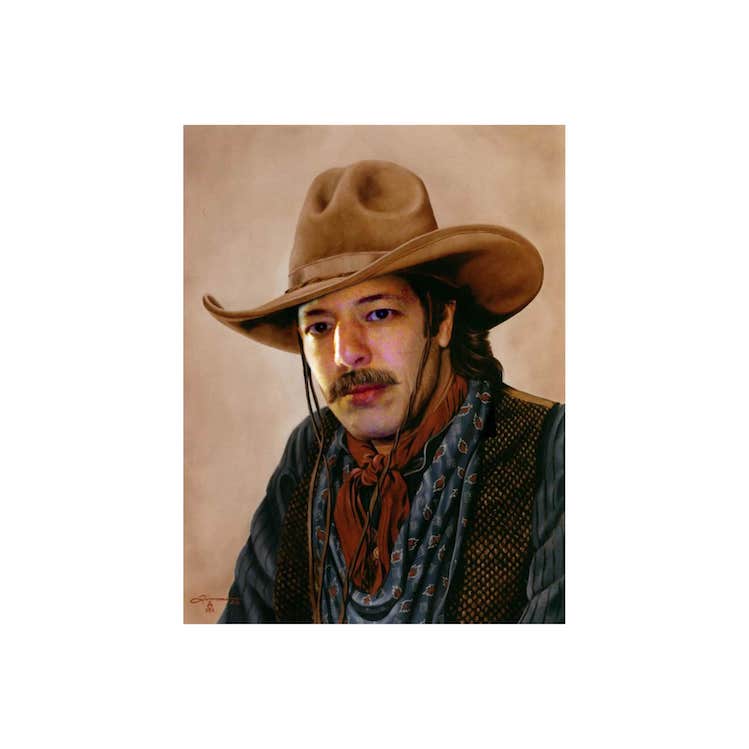

Nulla blandit
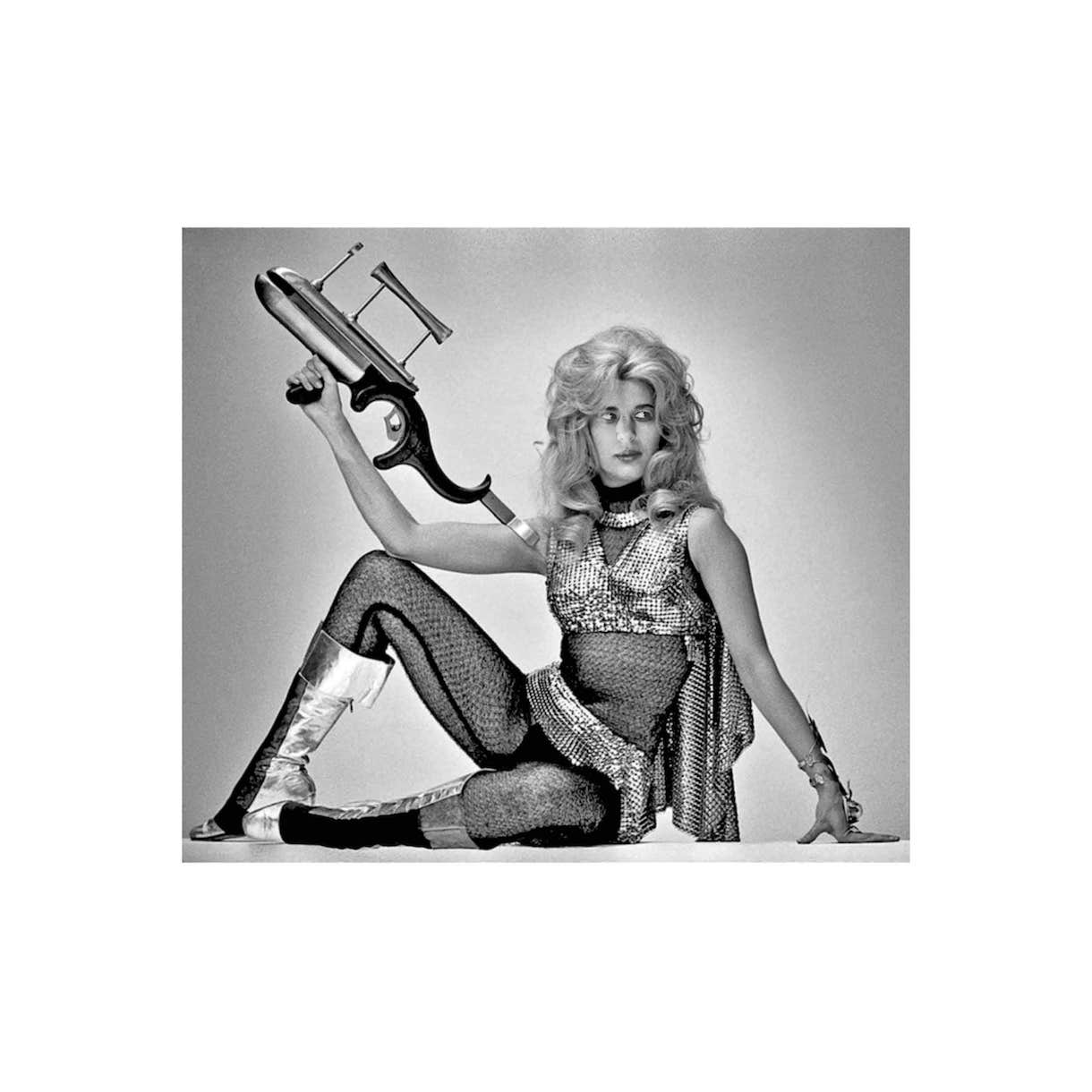

Nulla blandit
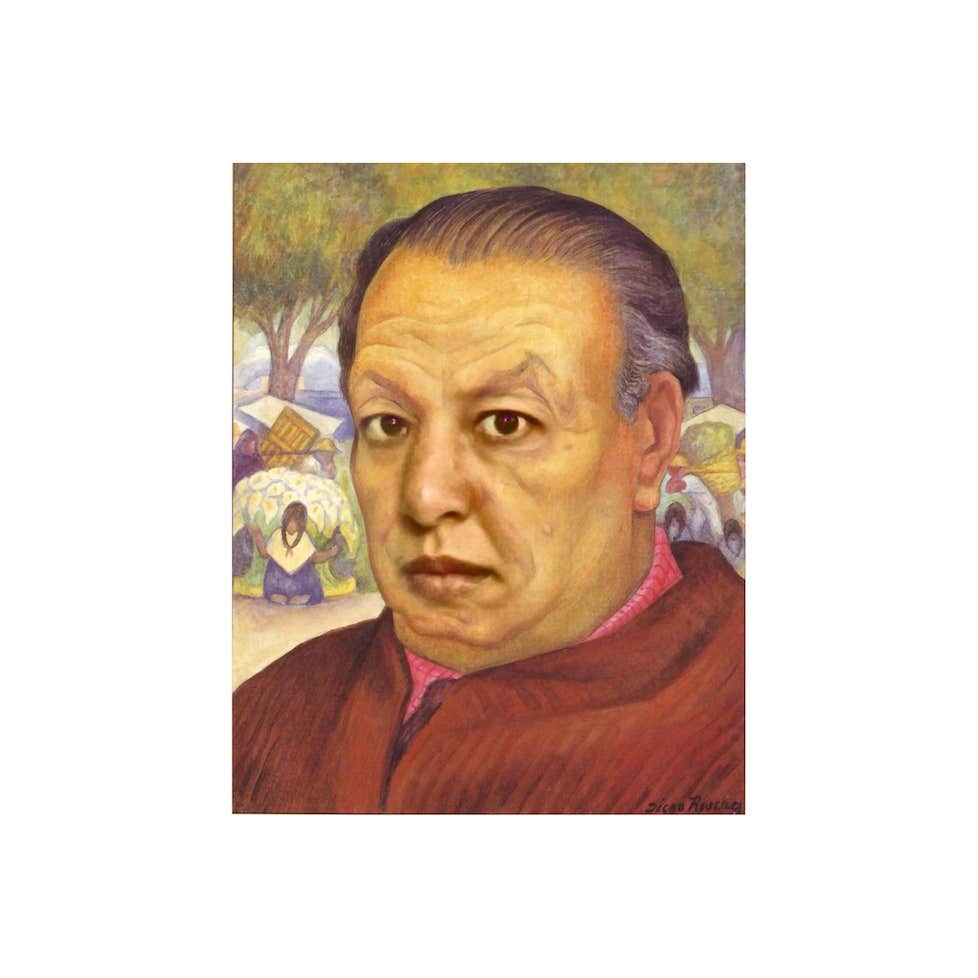

Nulla blandit
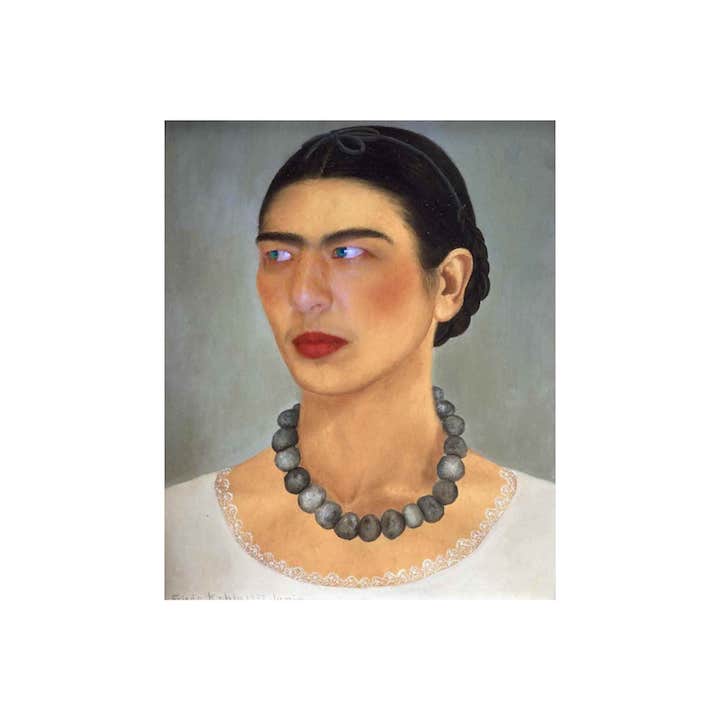

Nulla blandit
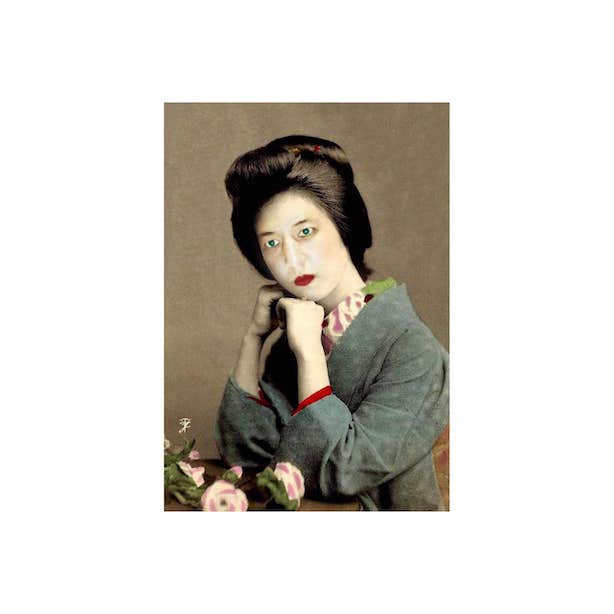

Nulla blandit
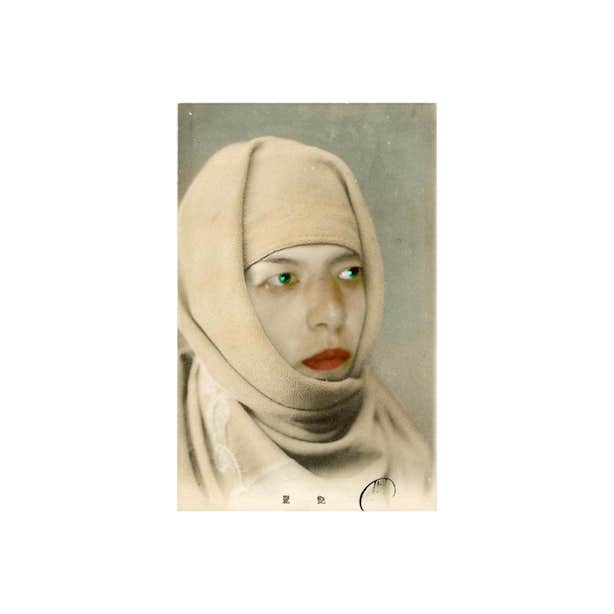

Nulla blandit
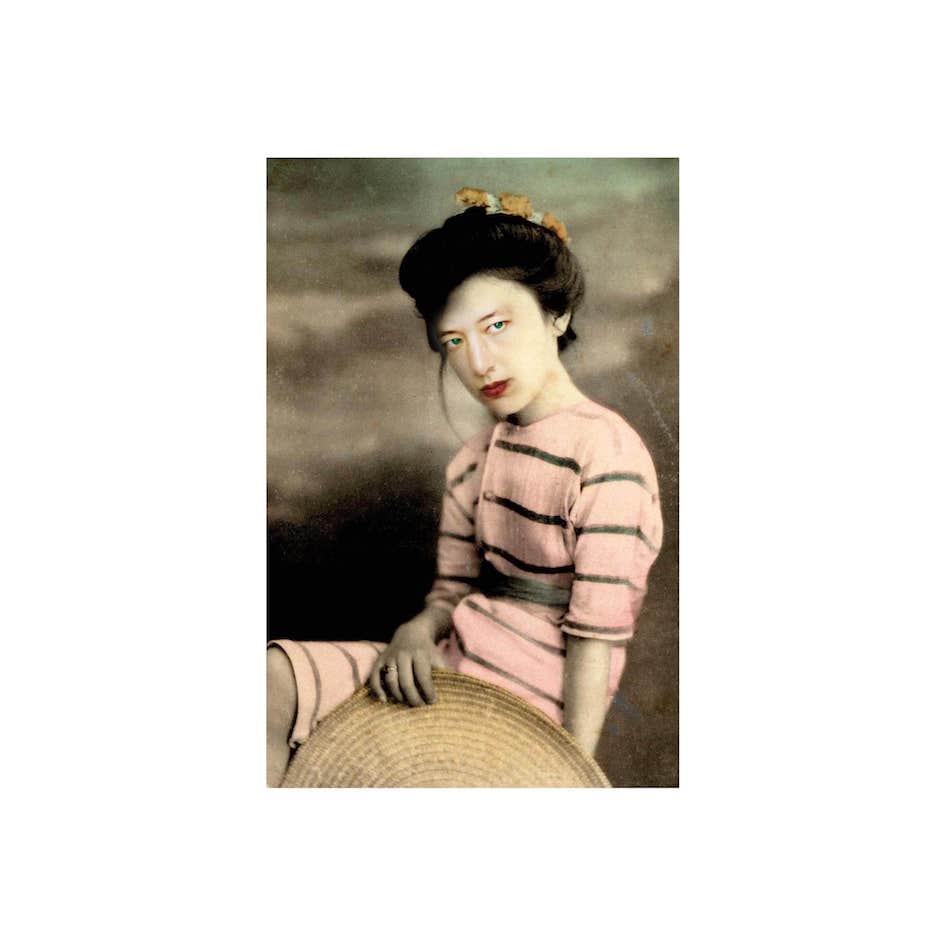

Nulla blandit
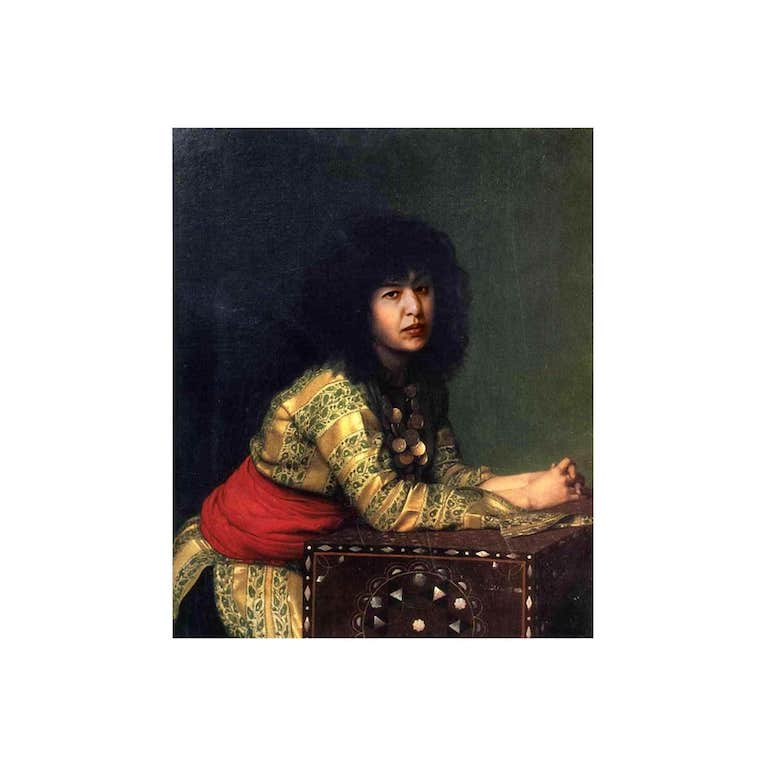

Nulla blandit
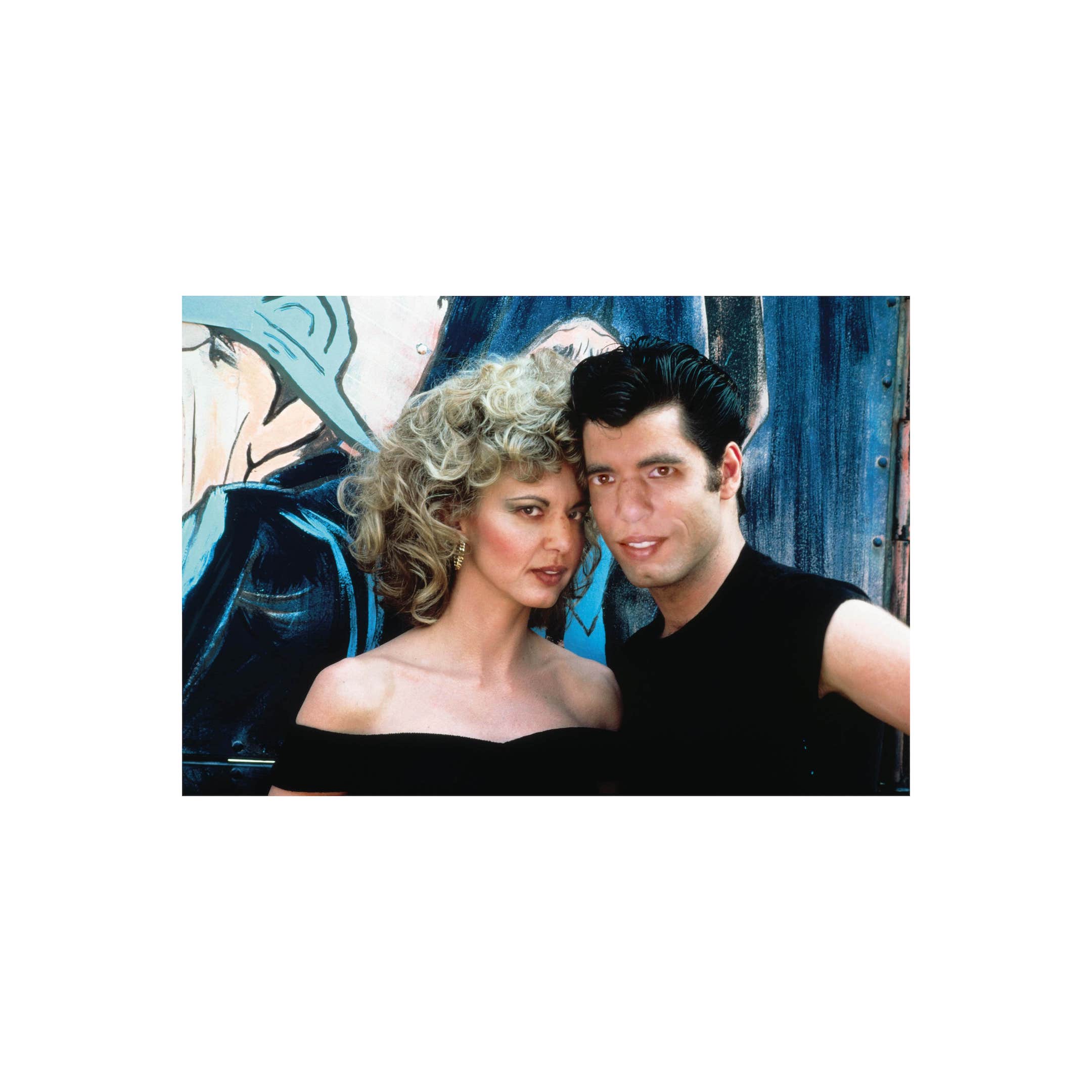

Nulla blandit
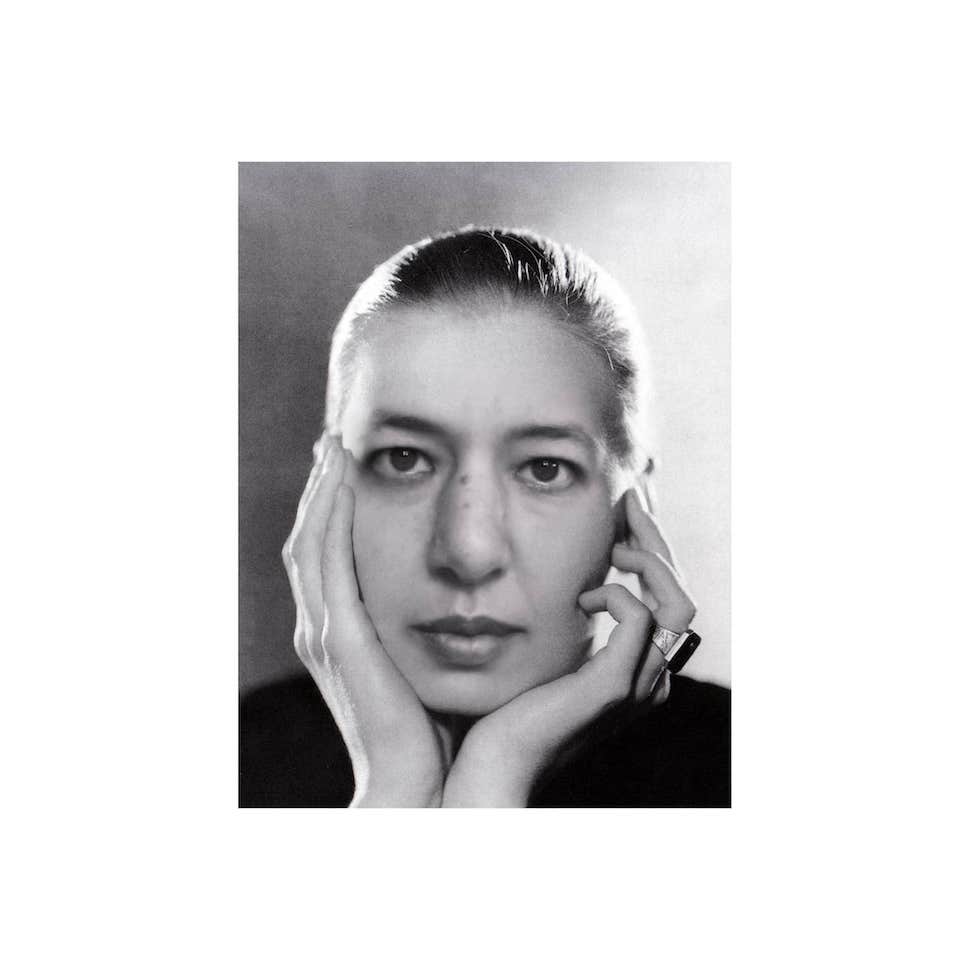

Nulla blandit
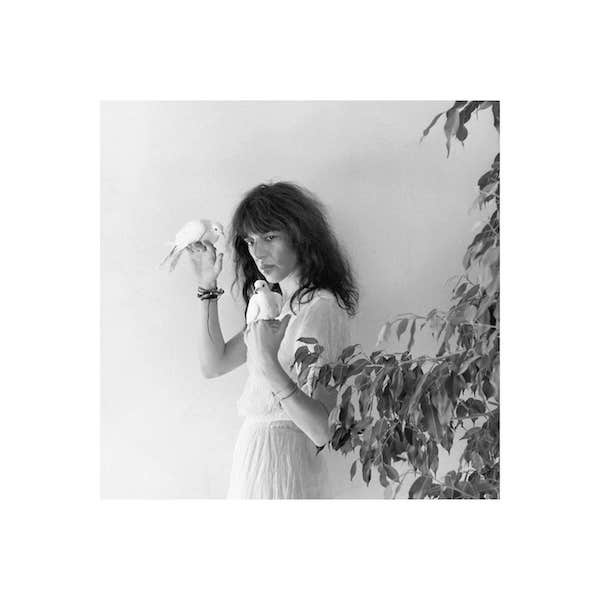

Nulla blandit
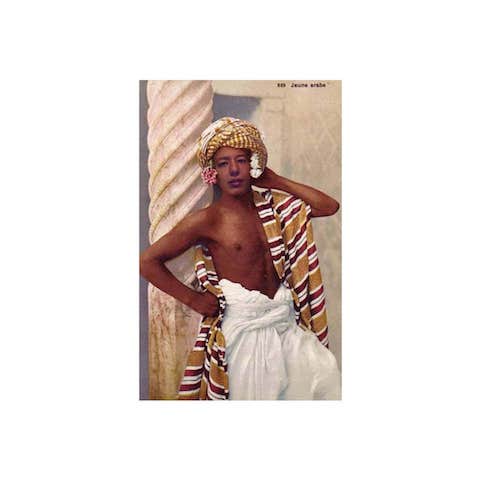

Nulla blandit
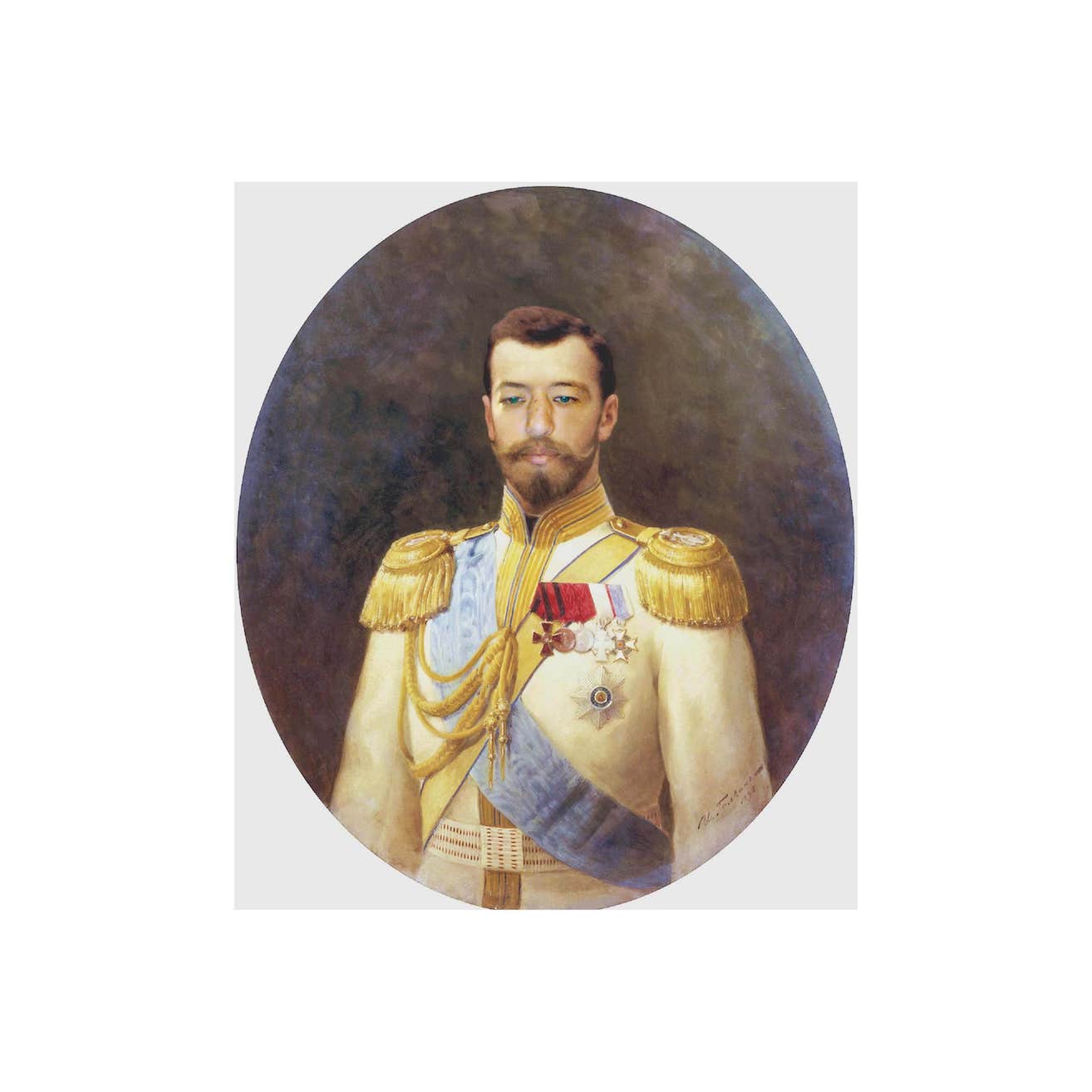

Nulla blandit
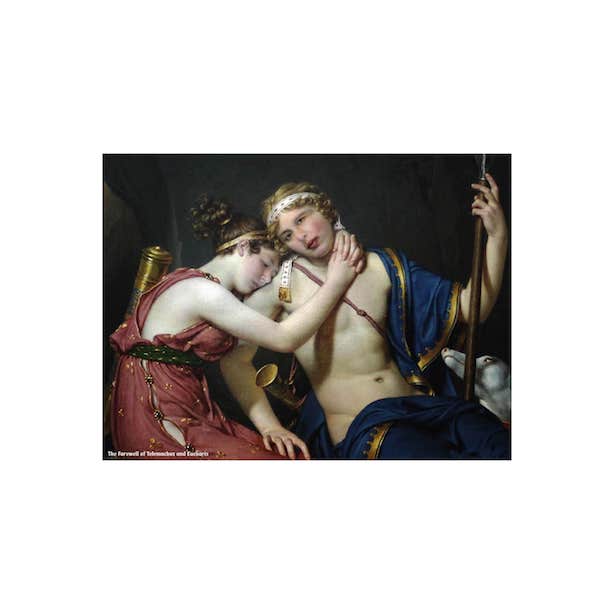

Nulla blandit
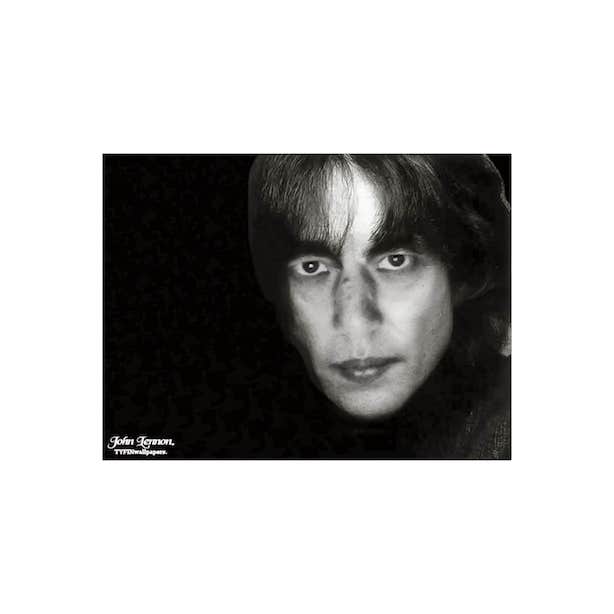

Nulla blandit
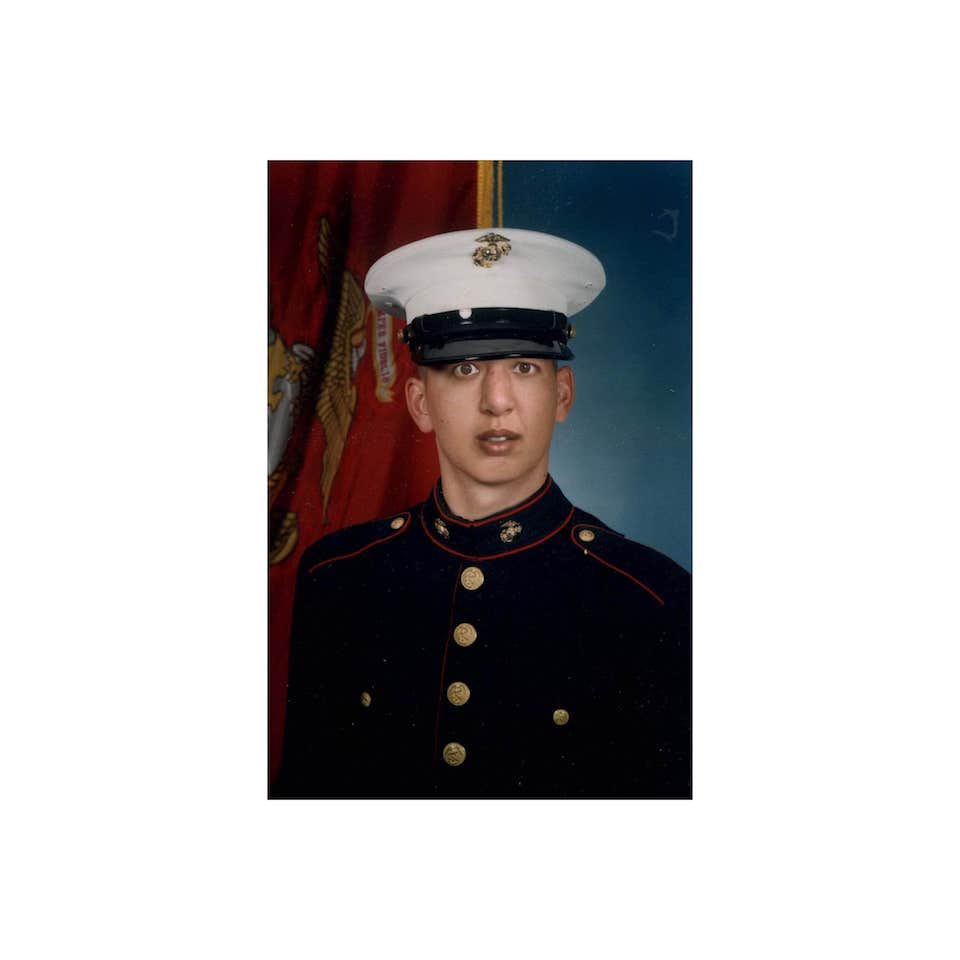

Nulla blandit
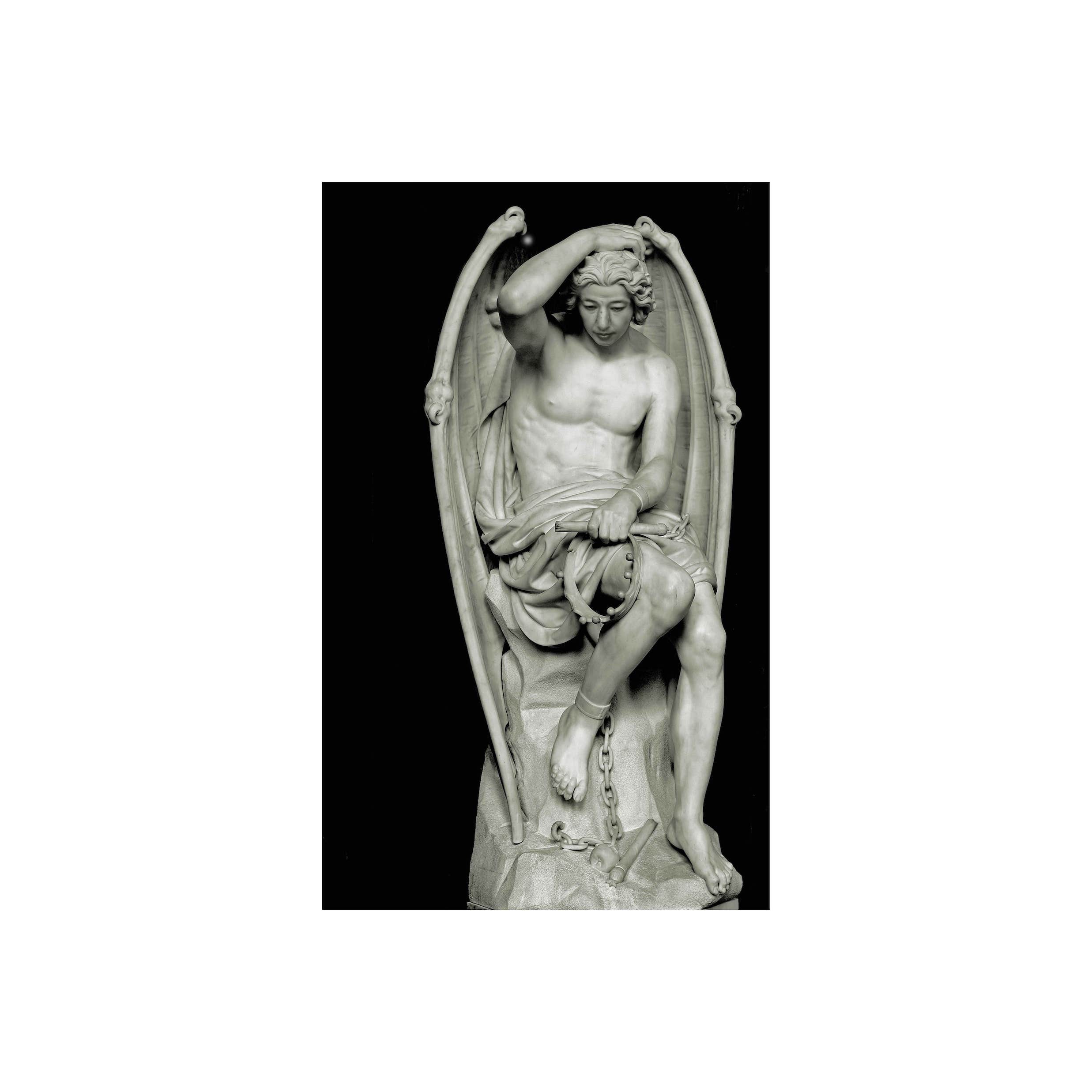

Nulla blandit
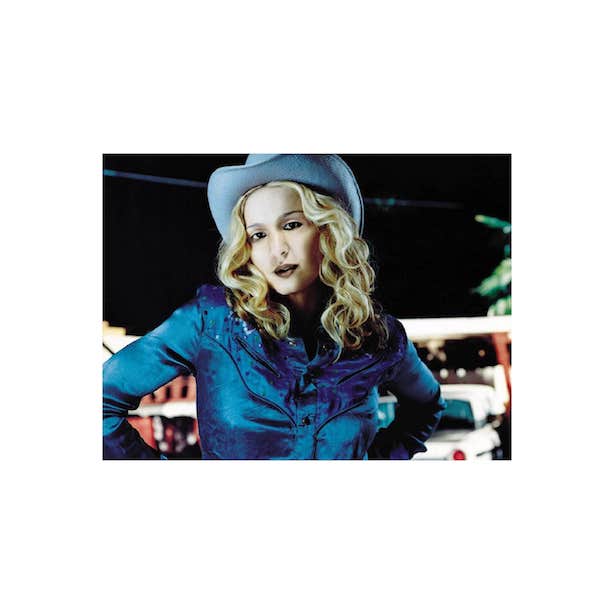

Nulla blandit
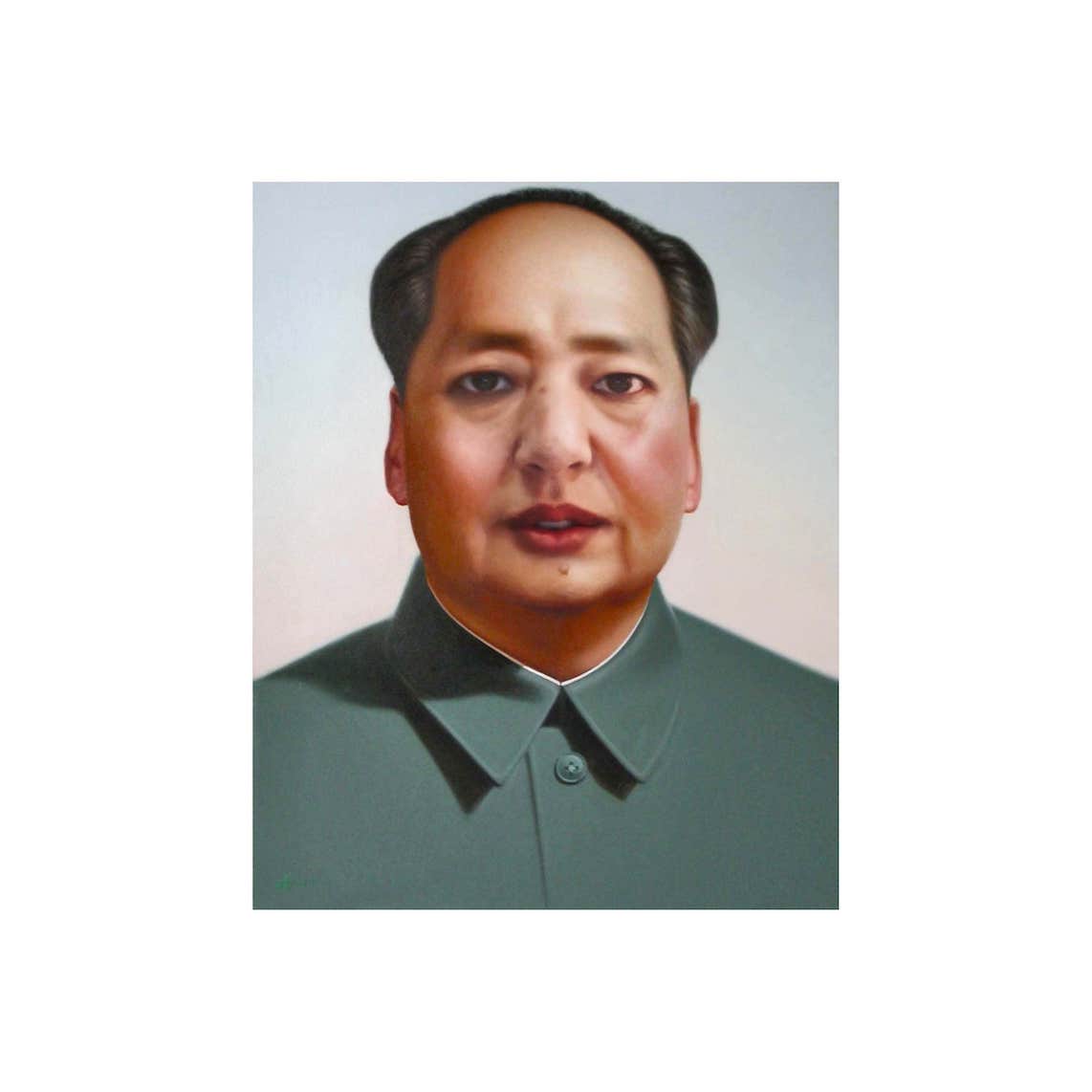

Nulla blandit
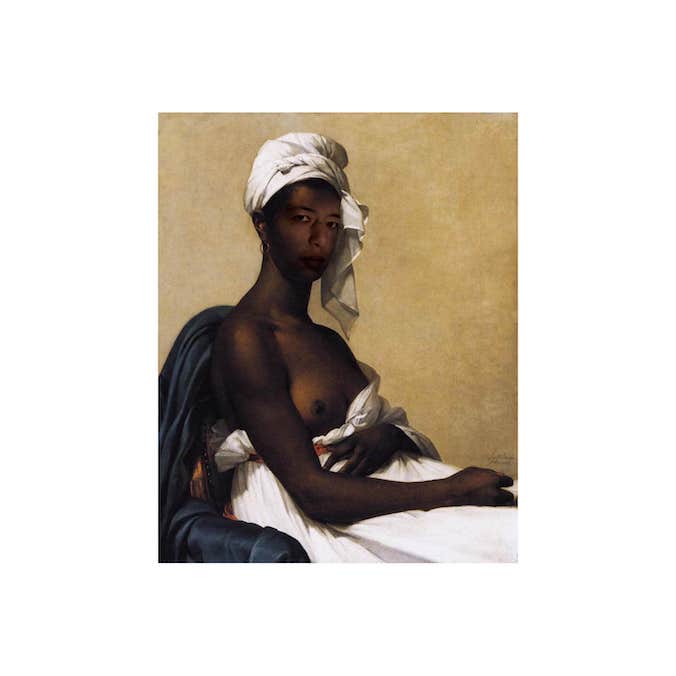

Nulla blandit
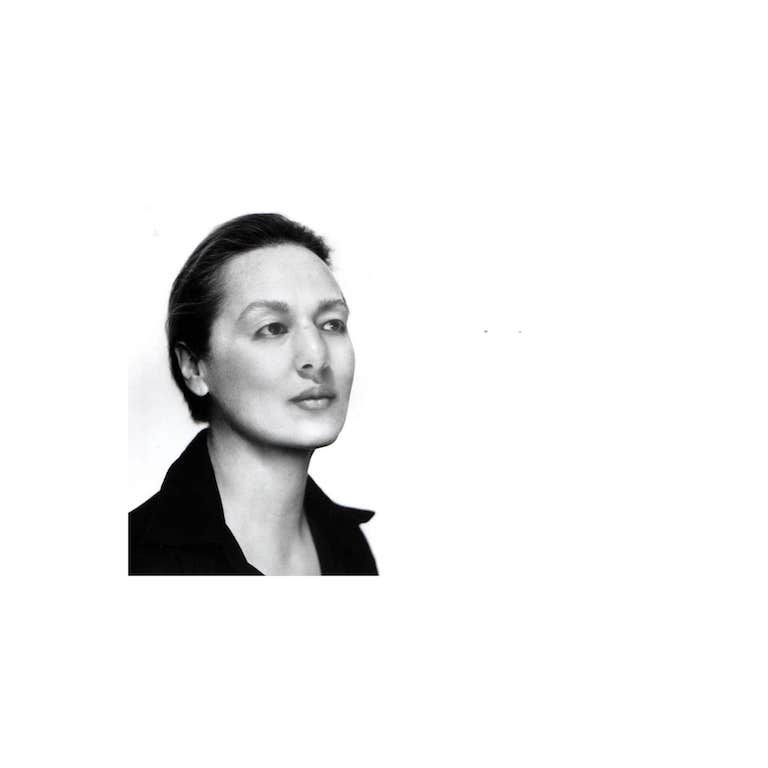

Nulla blandit
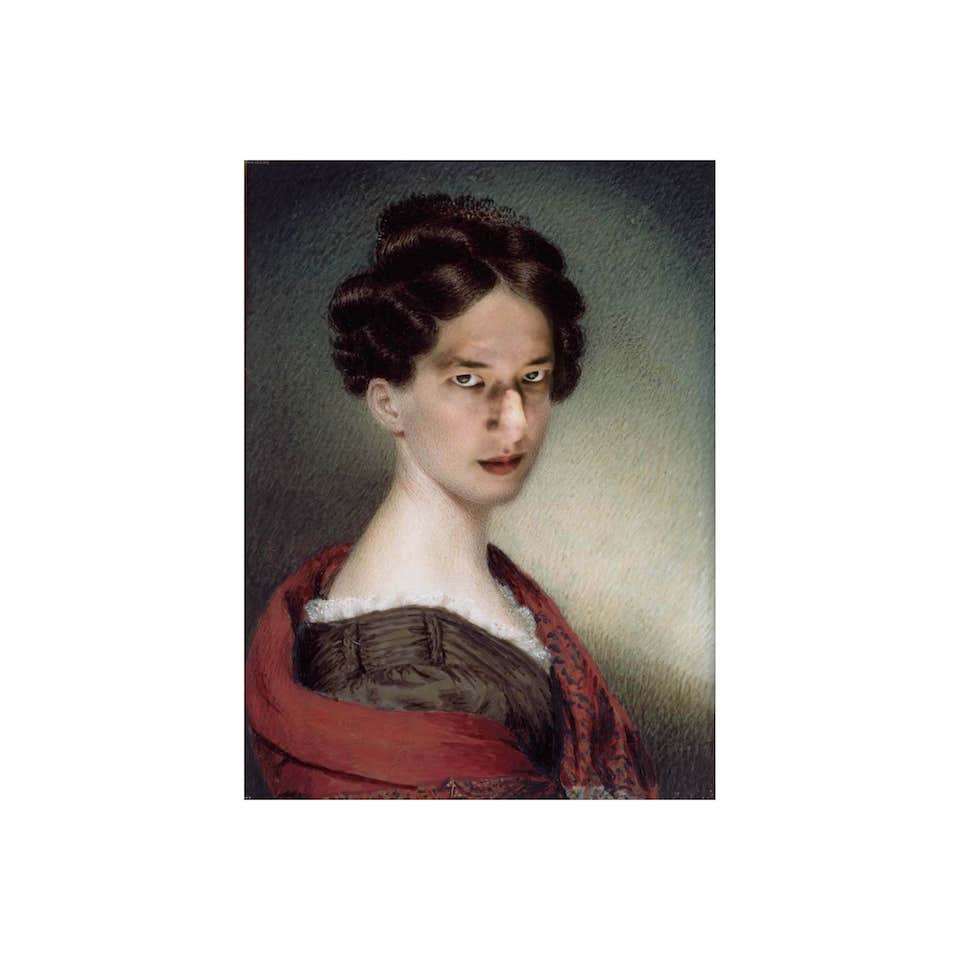

Nulla blandit
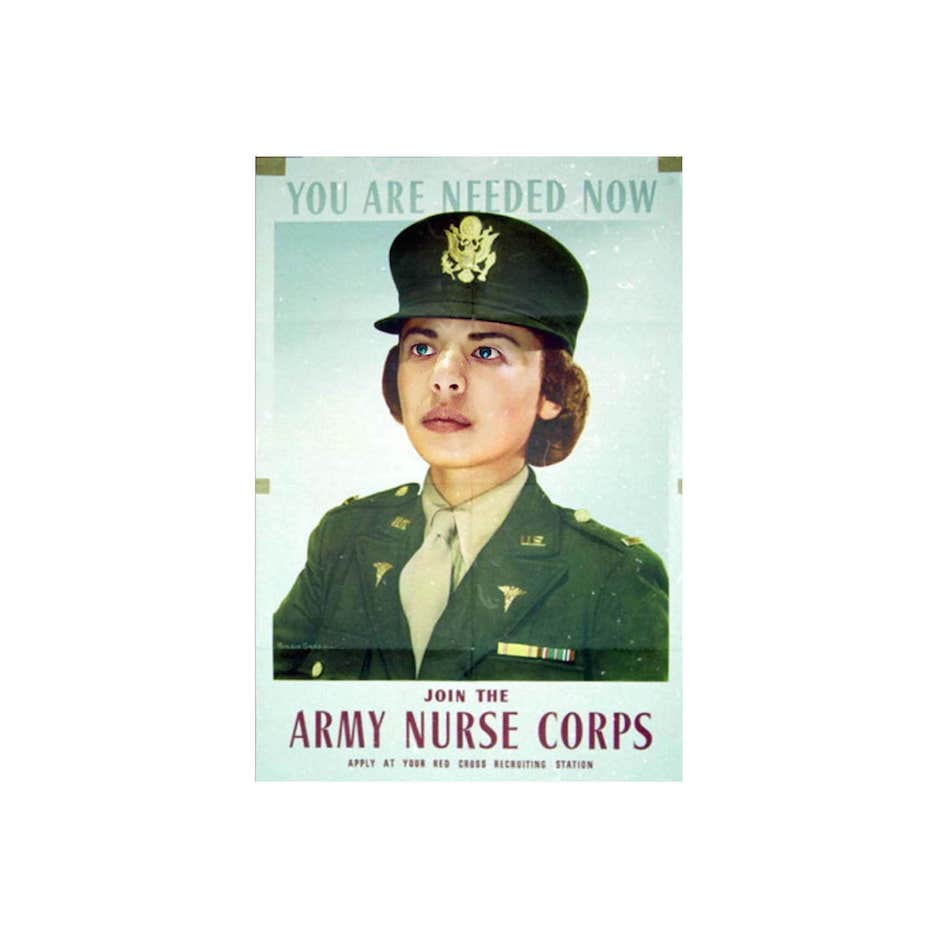

Nulla blandit
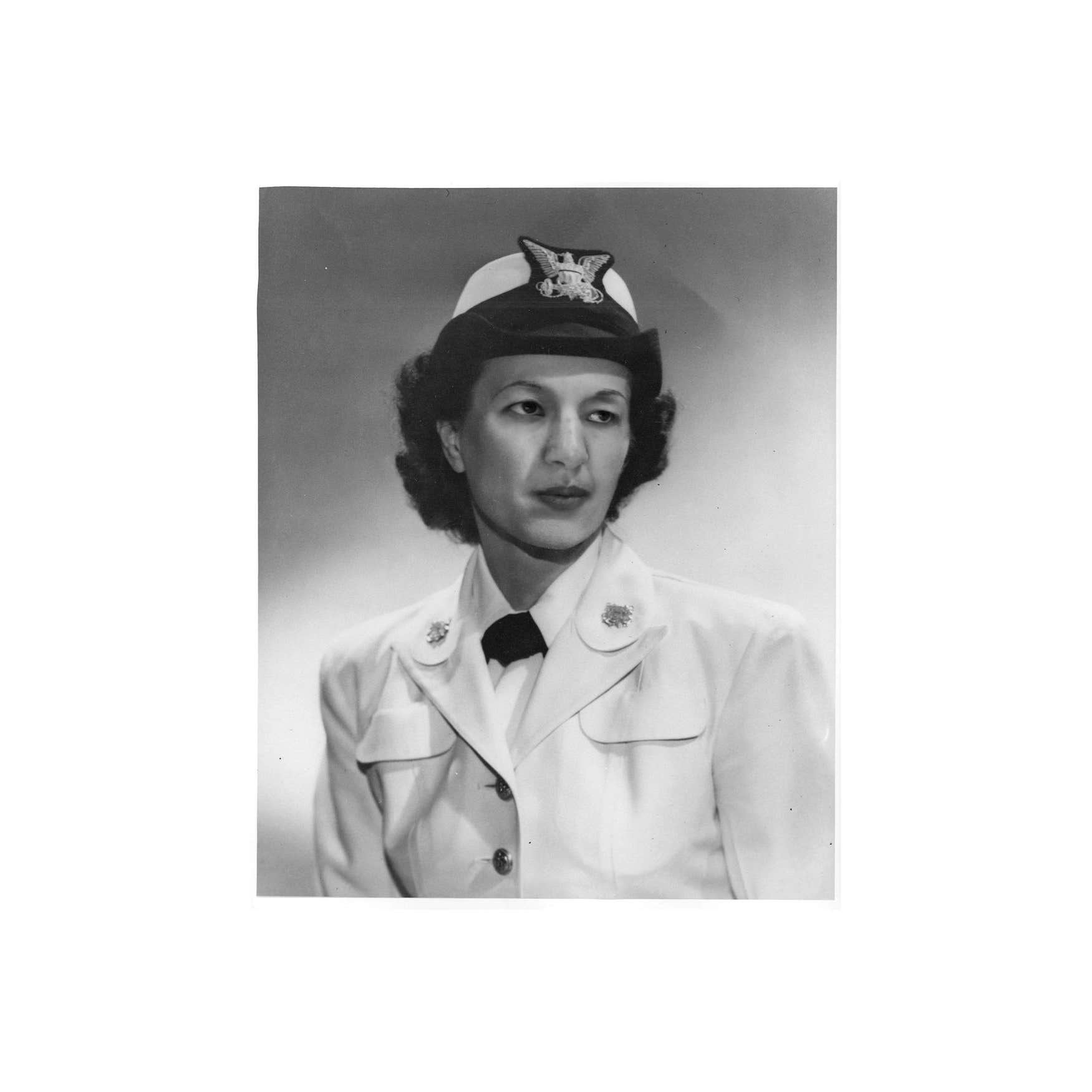

Nulla blandit
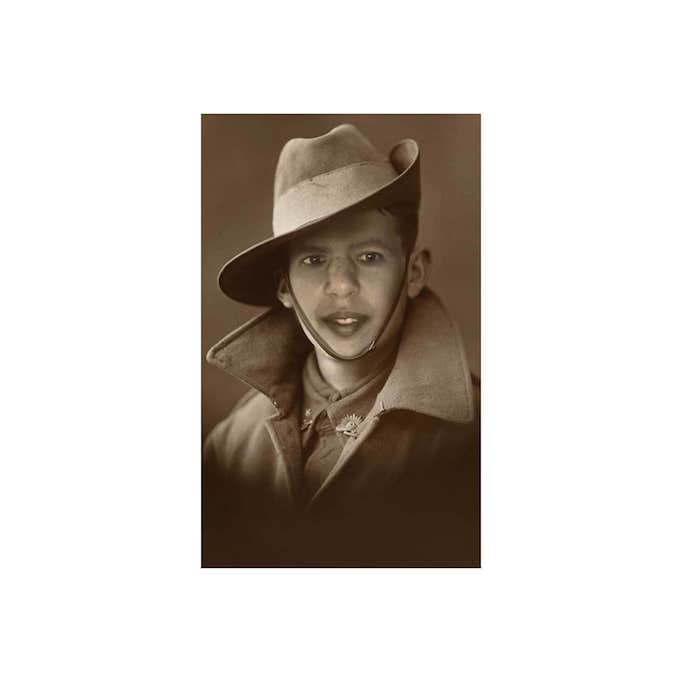

Nulla blandit
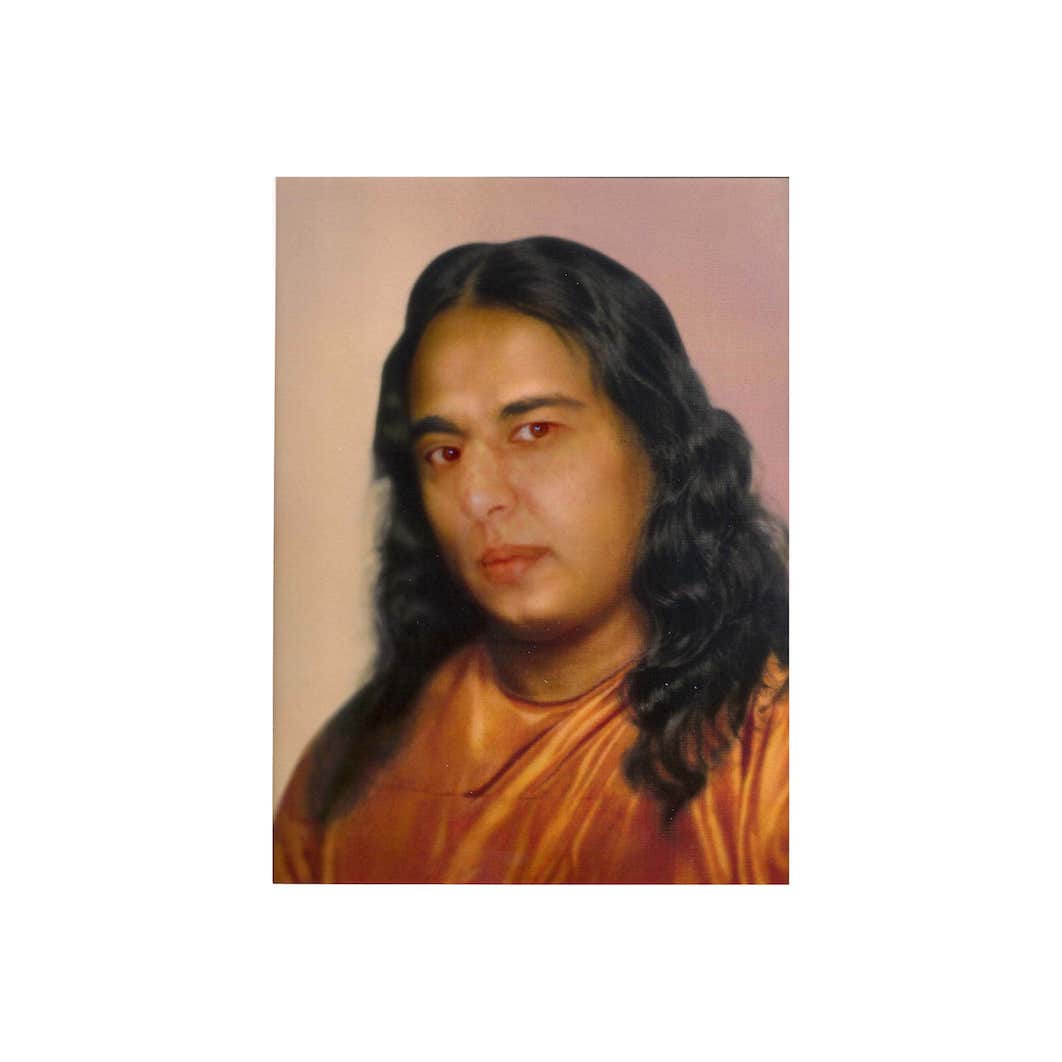

Nulla blandit
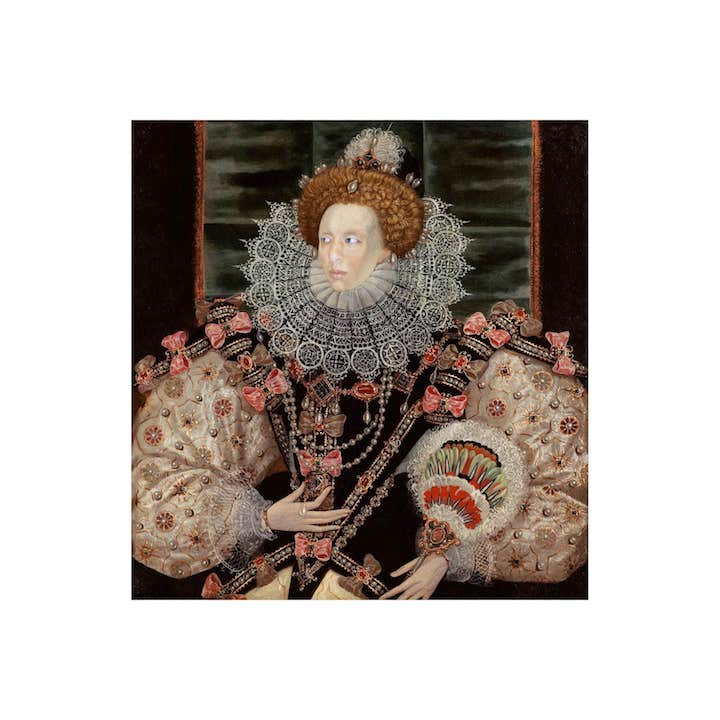

Nulla blandit
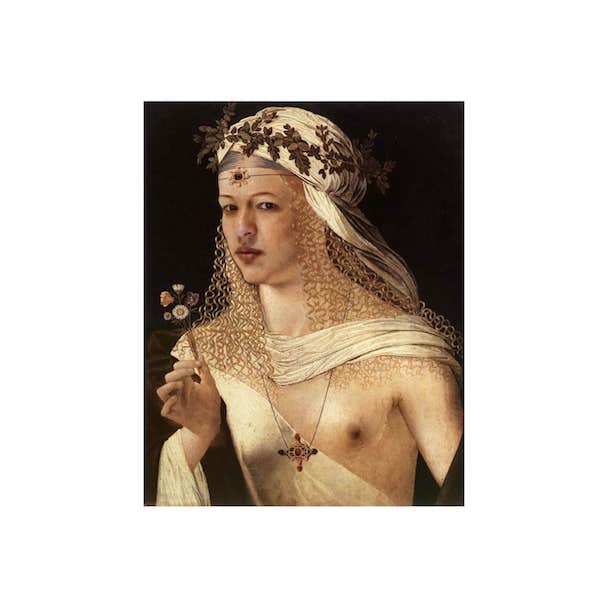

Nulla blandit
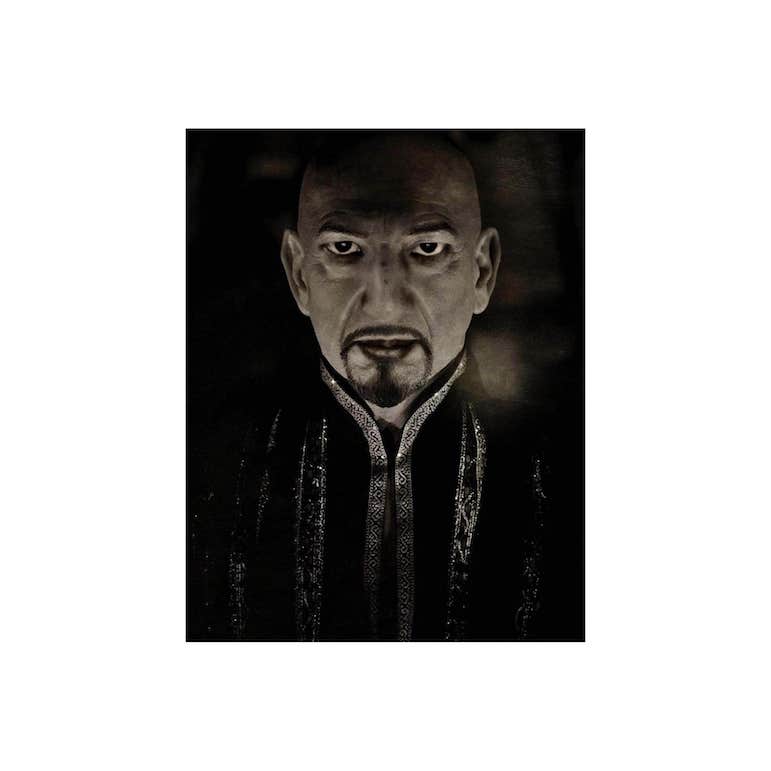

Nulla blandit
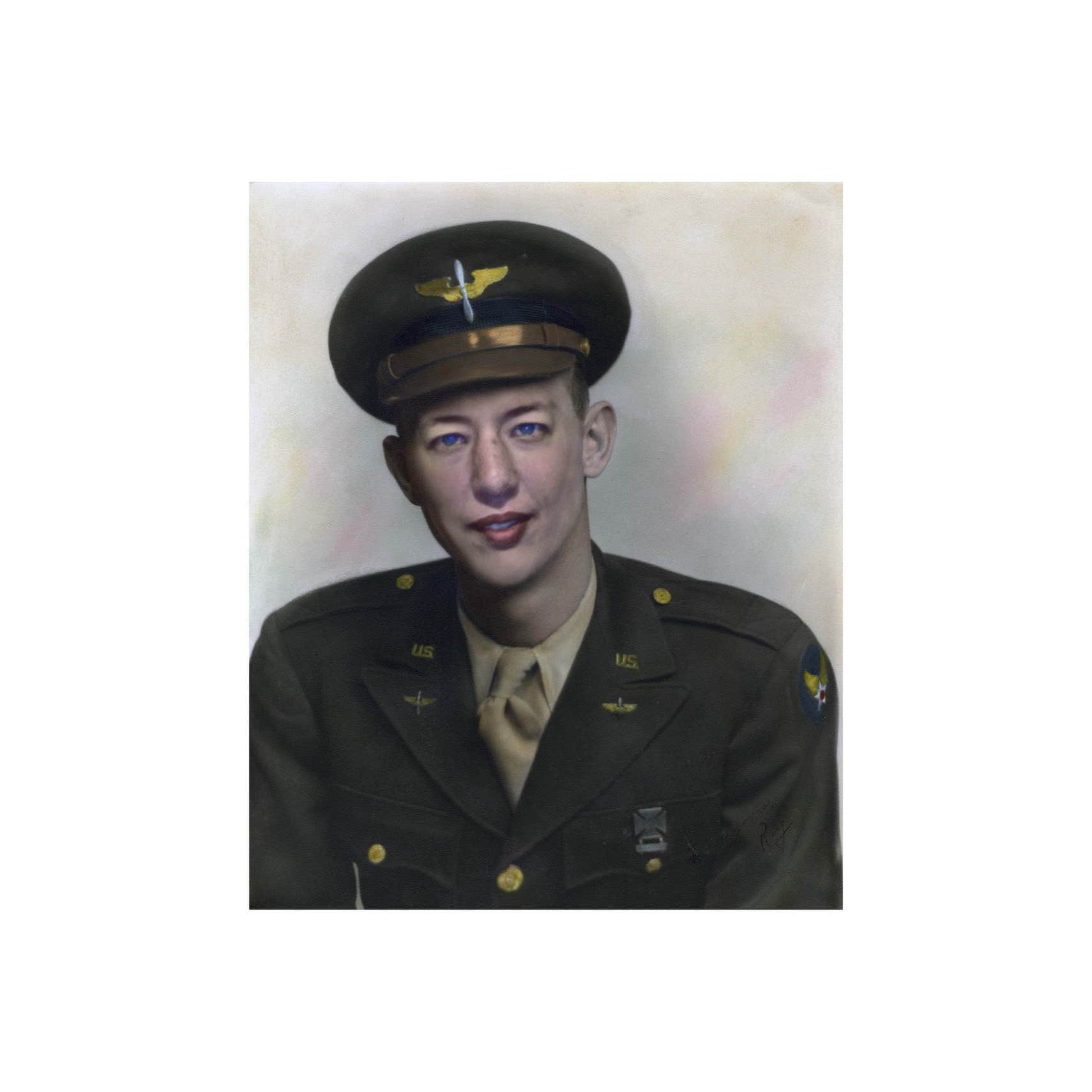

Nulla blandit
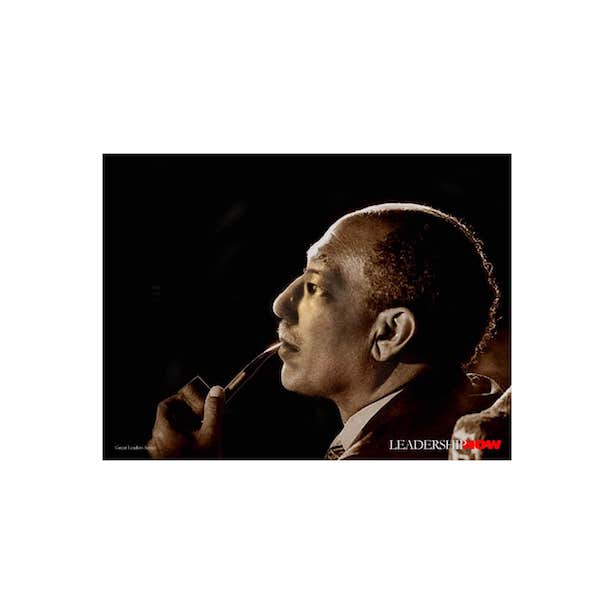

Nulla blandit
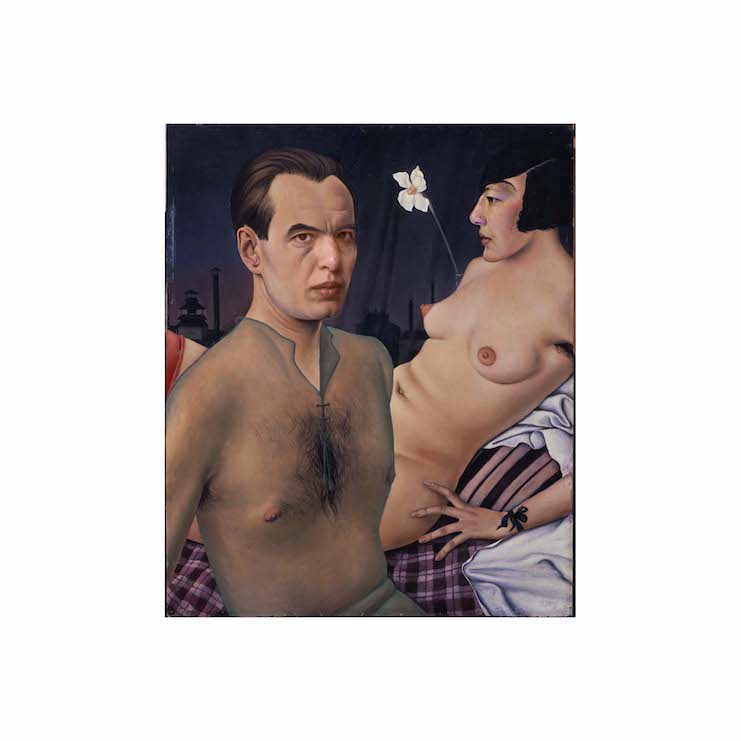

Nulla blandit
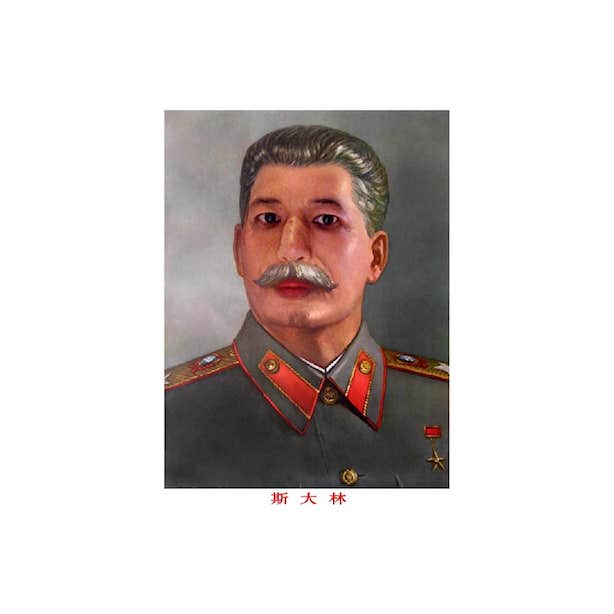

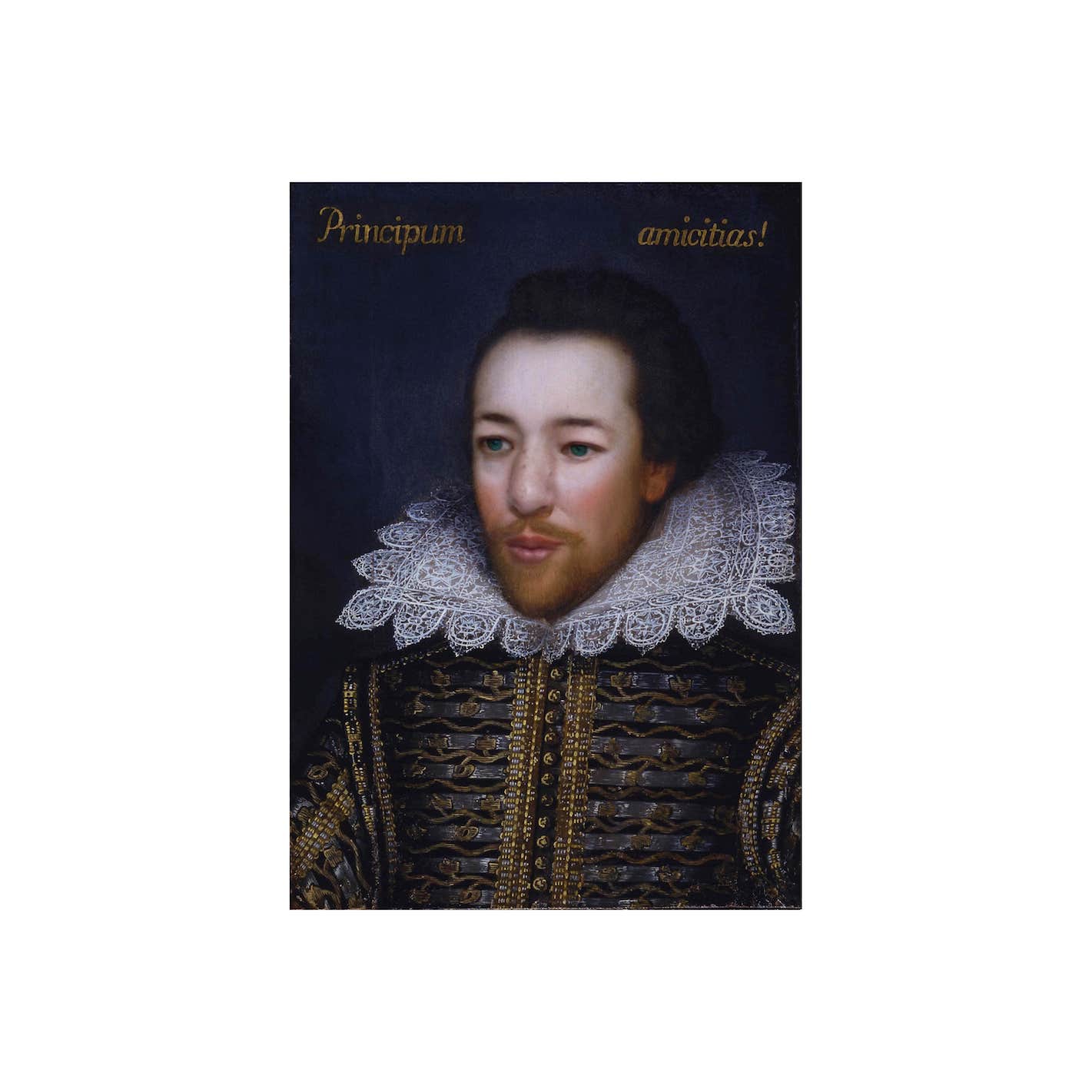

Nulla blandit
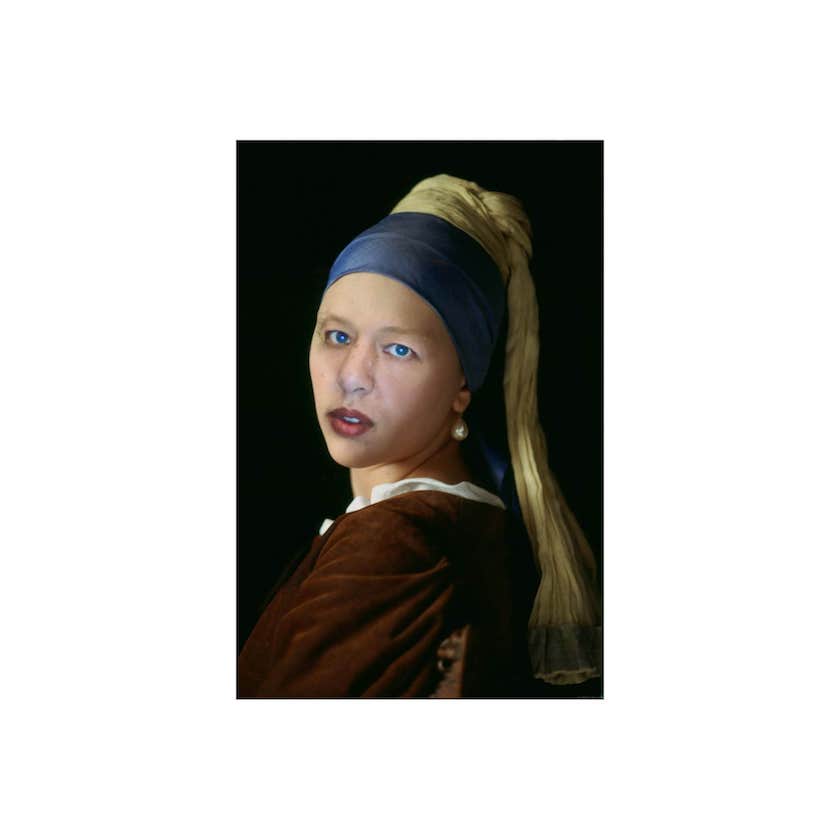

Nulla blandit
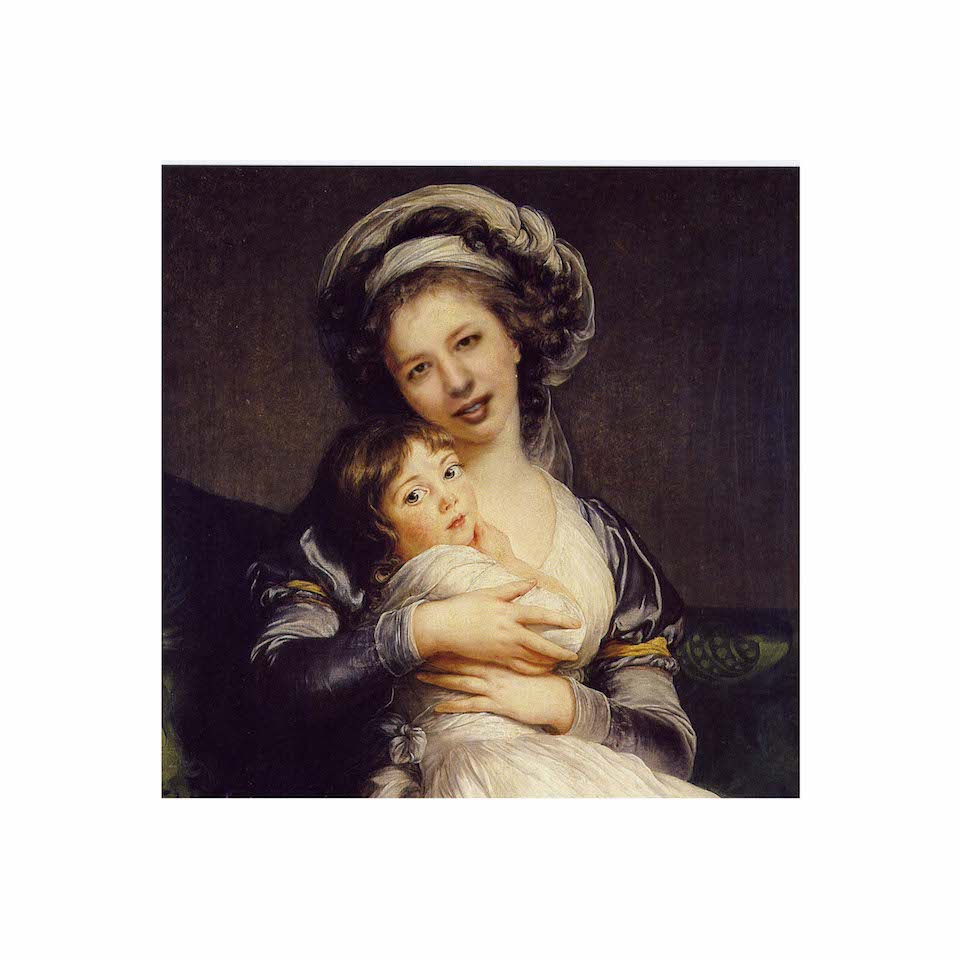

Nulla blandit


